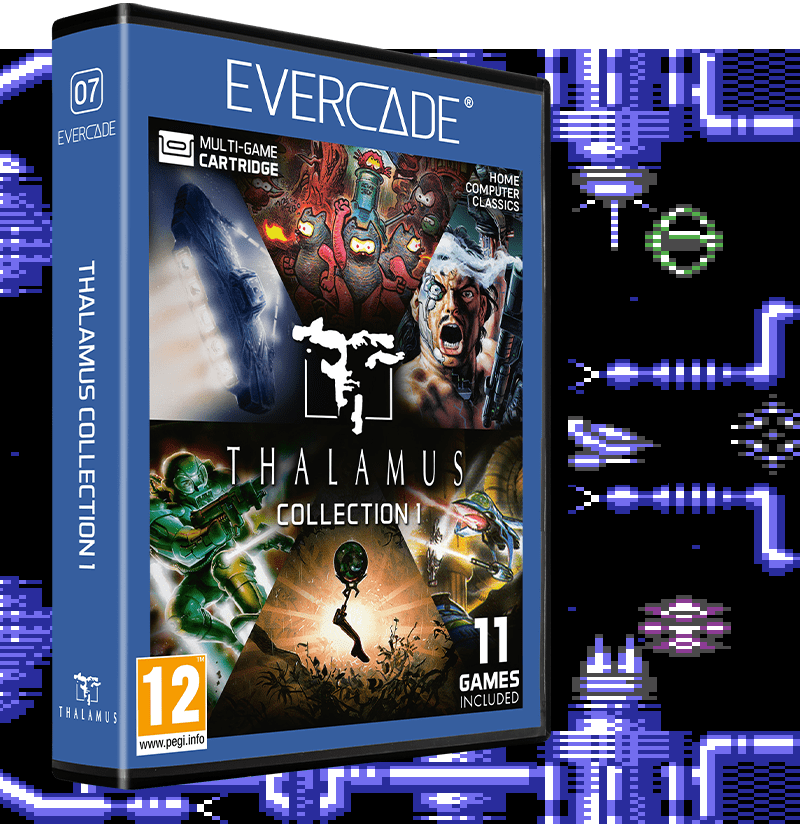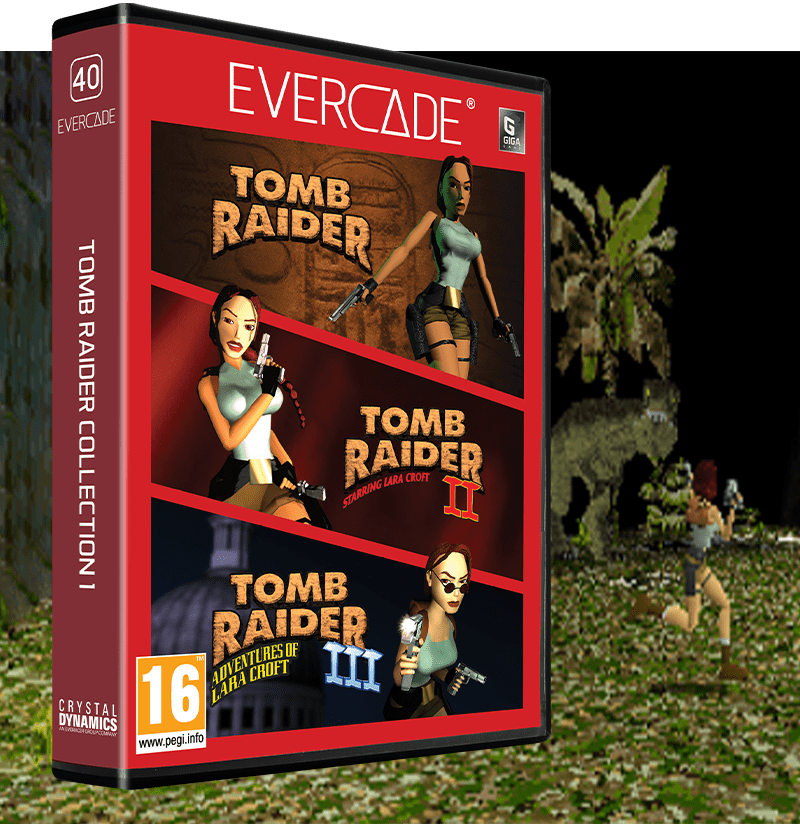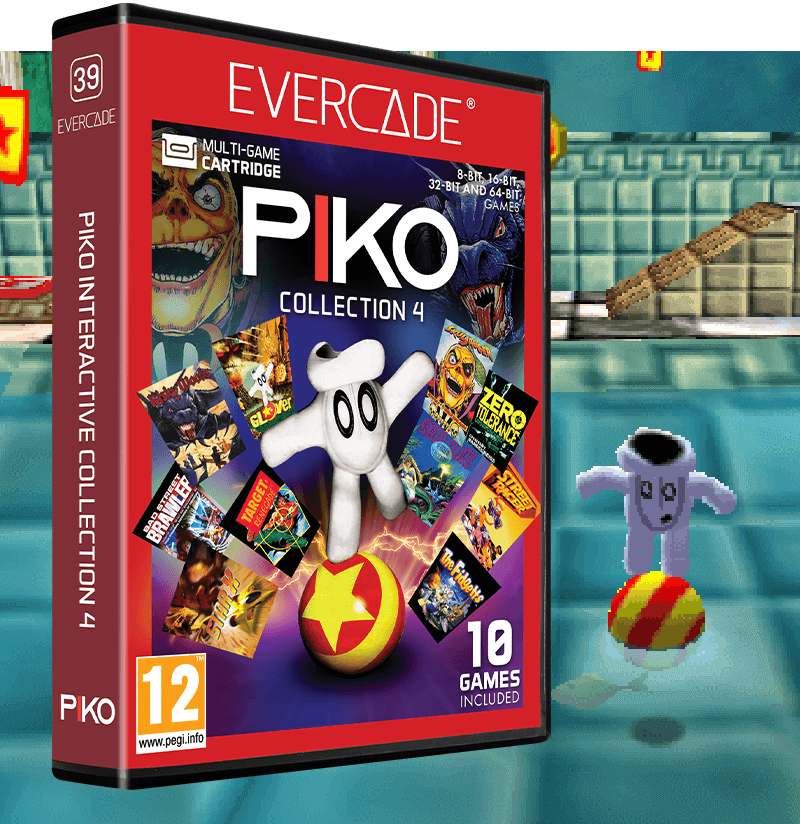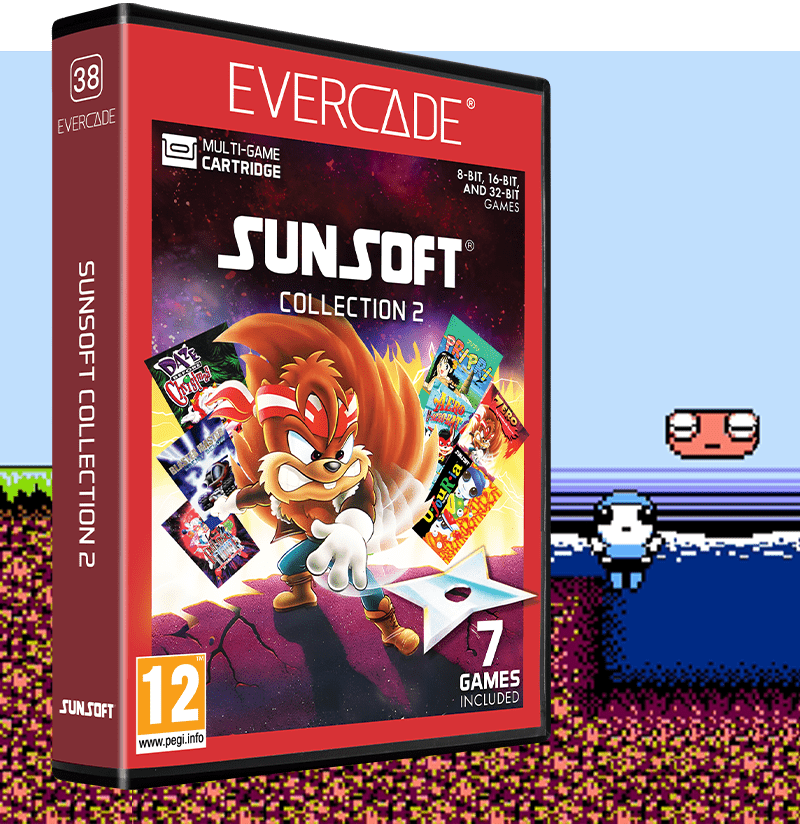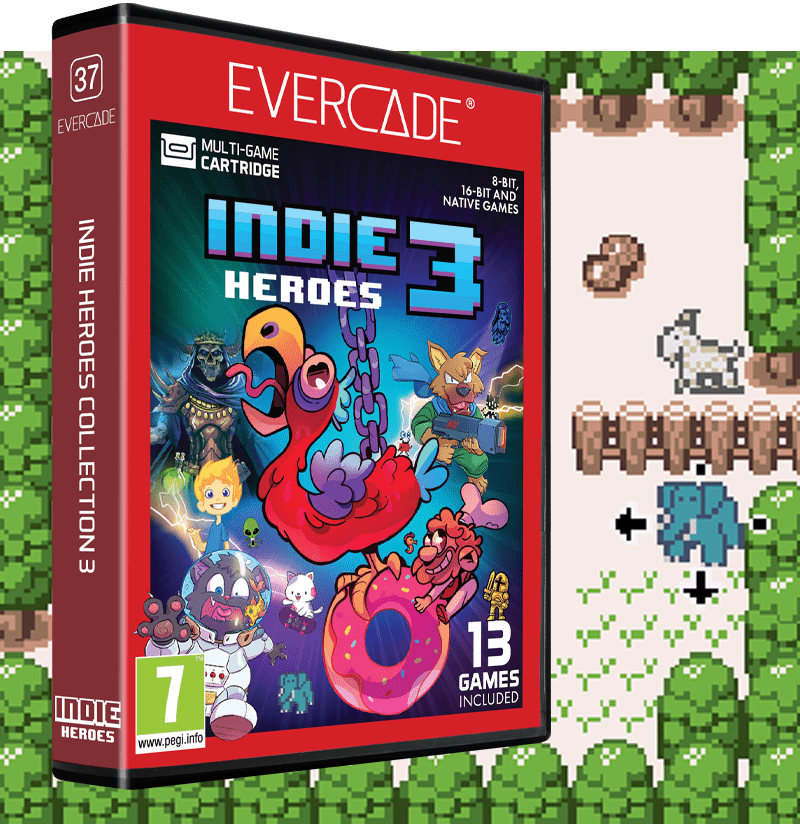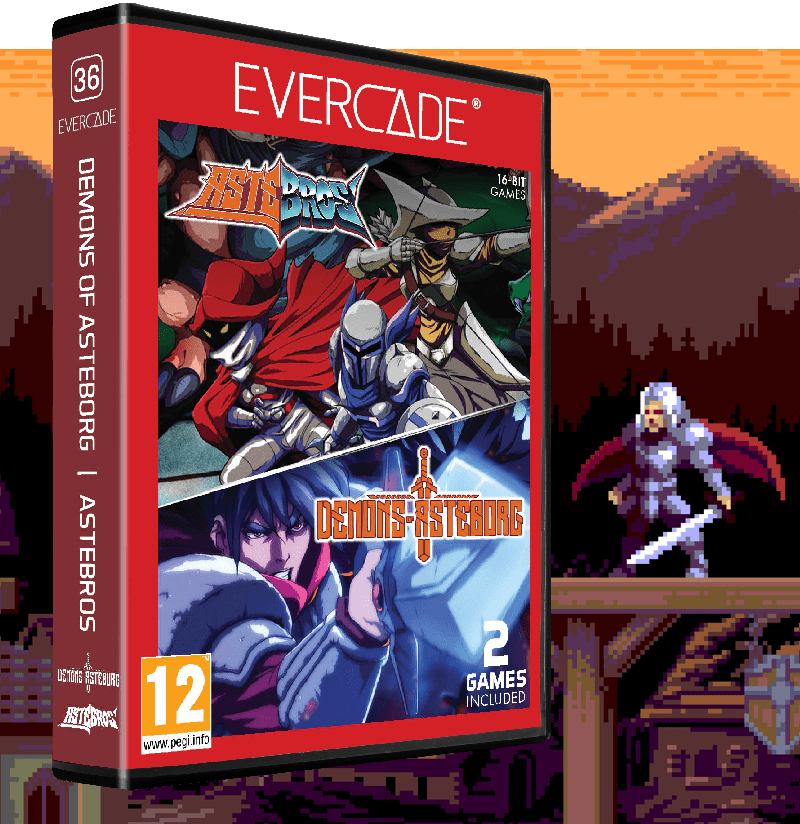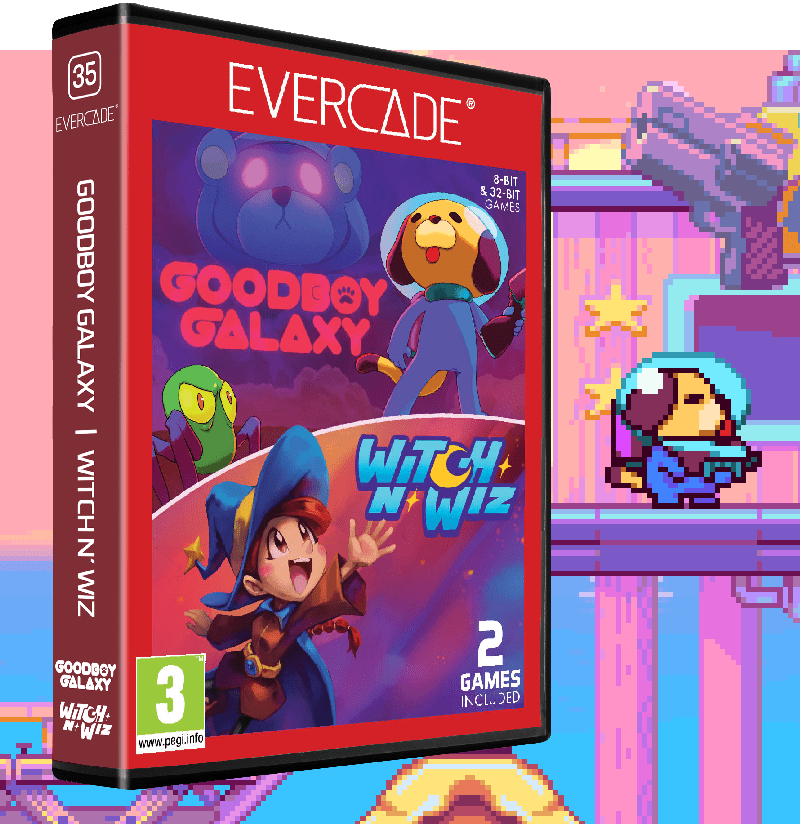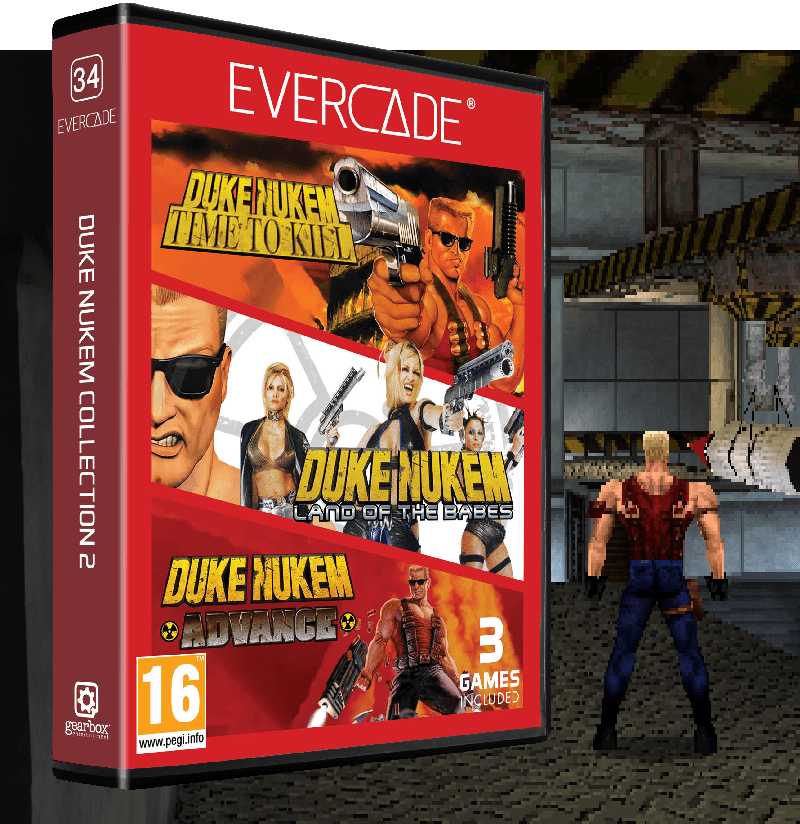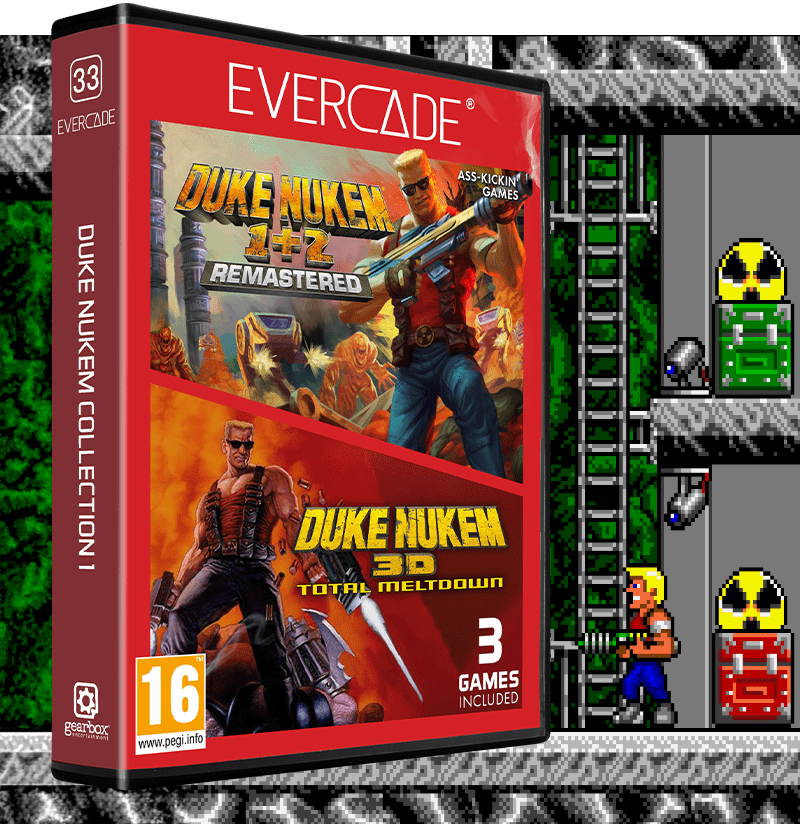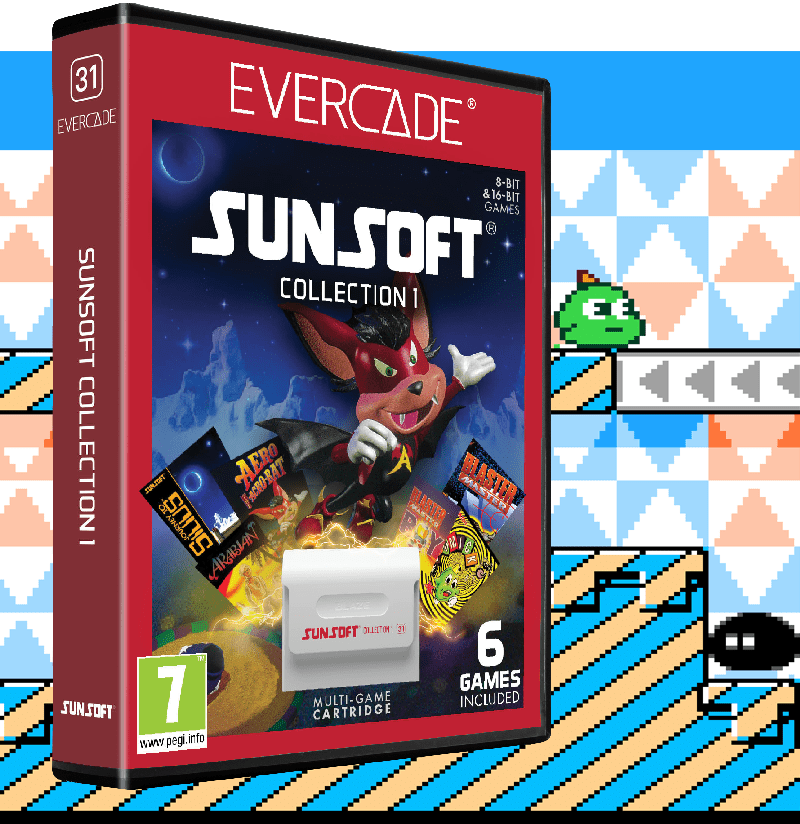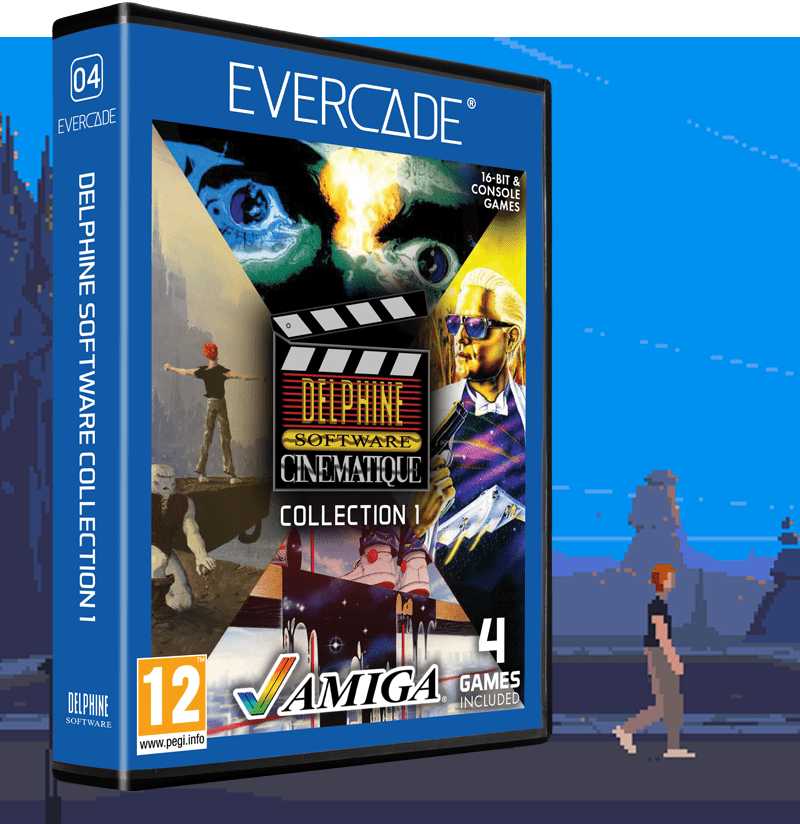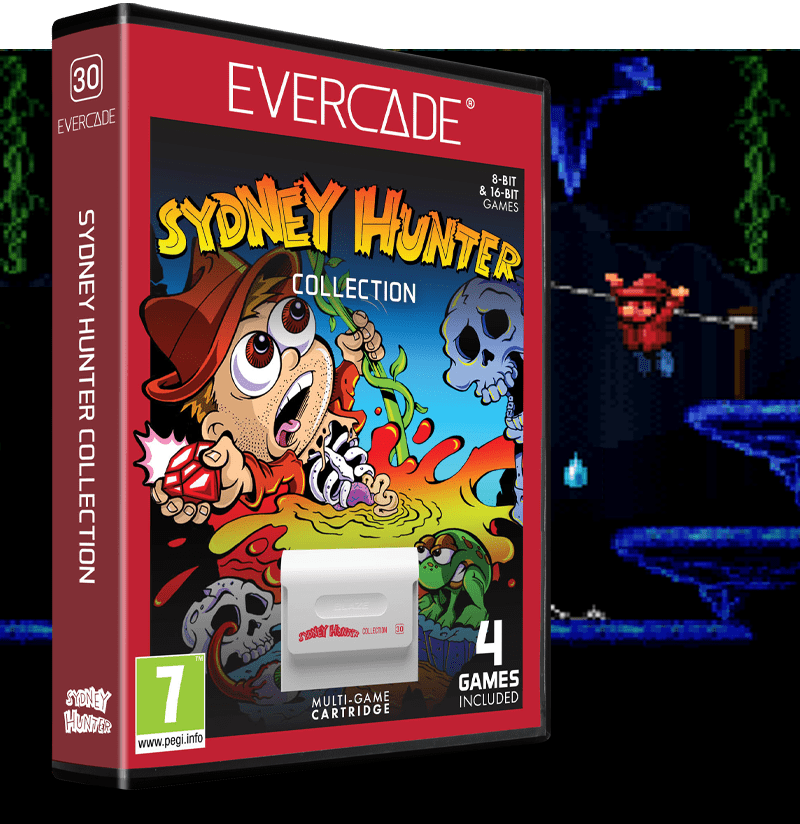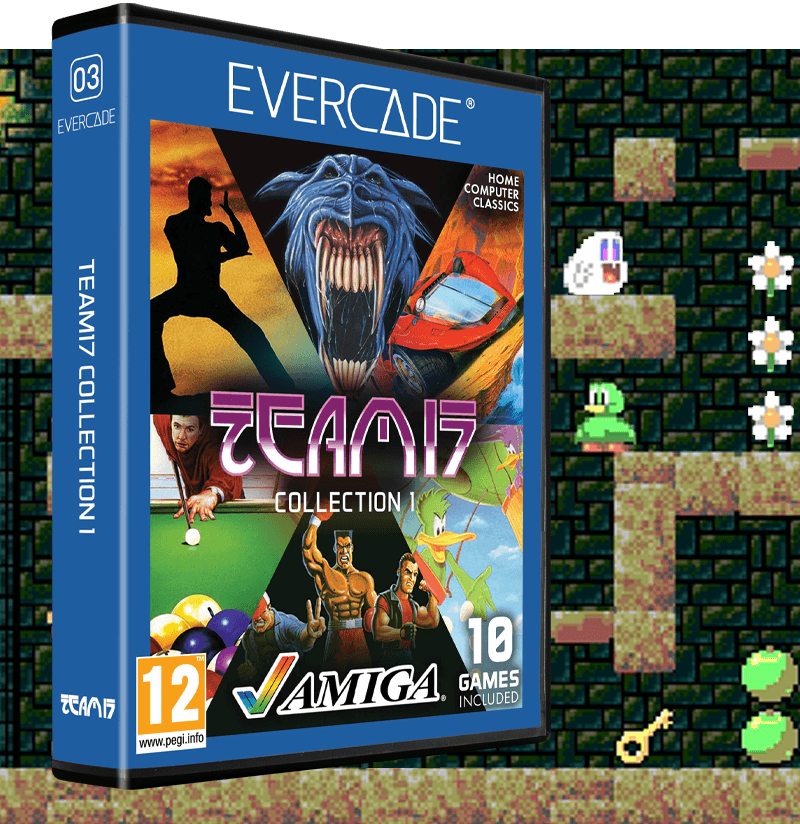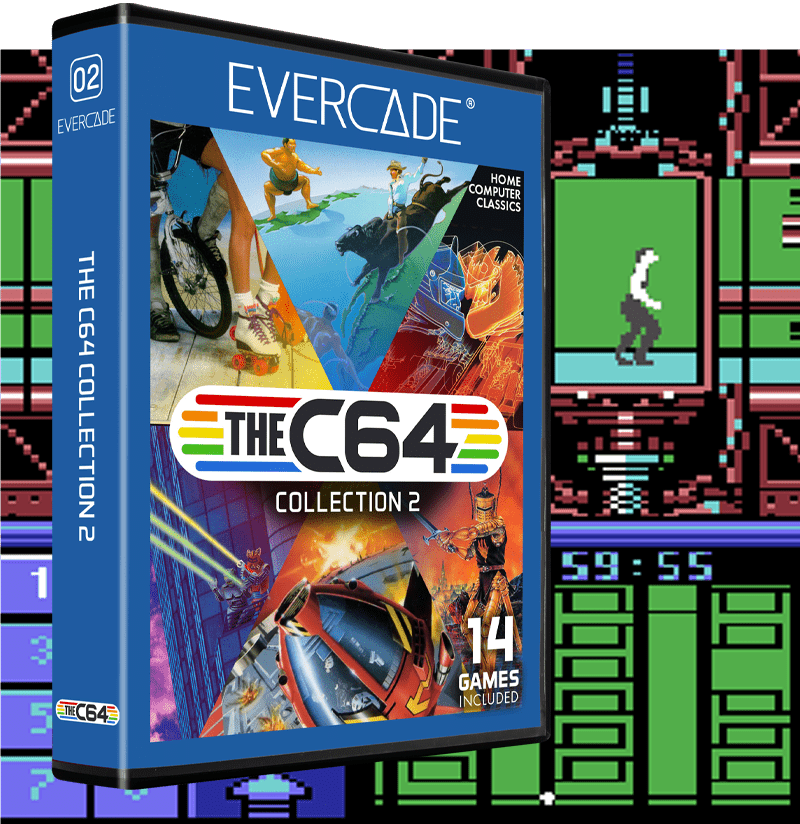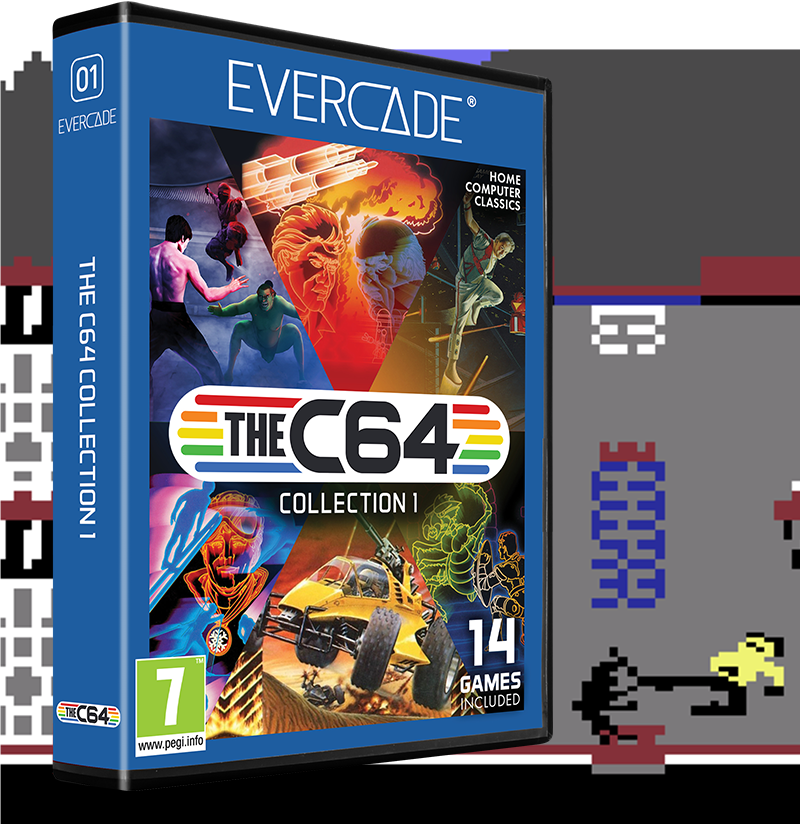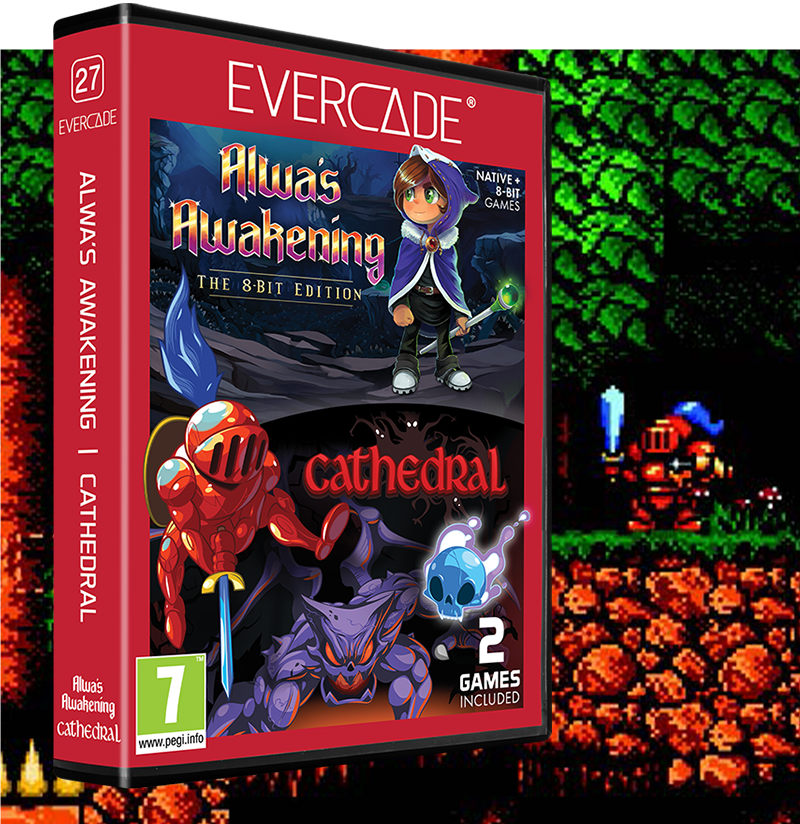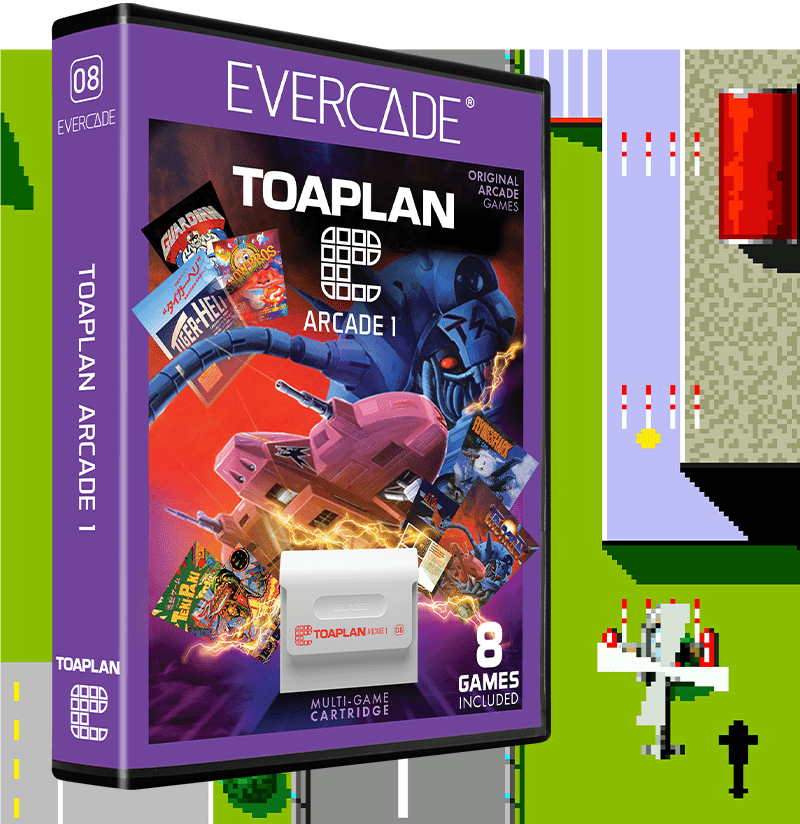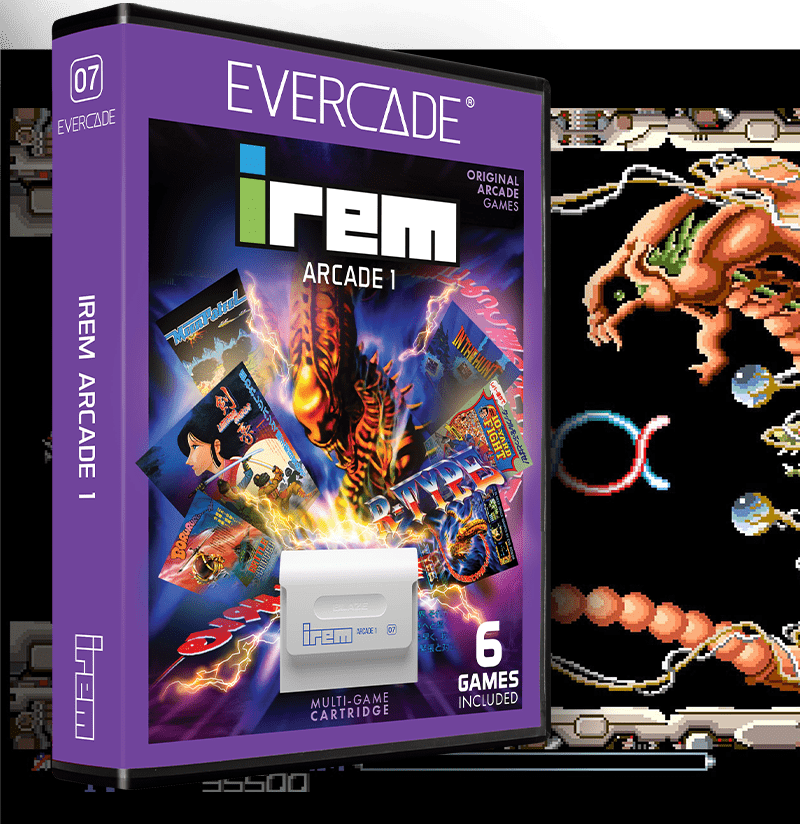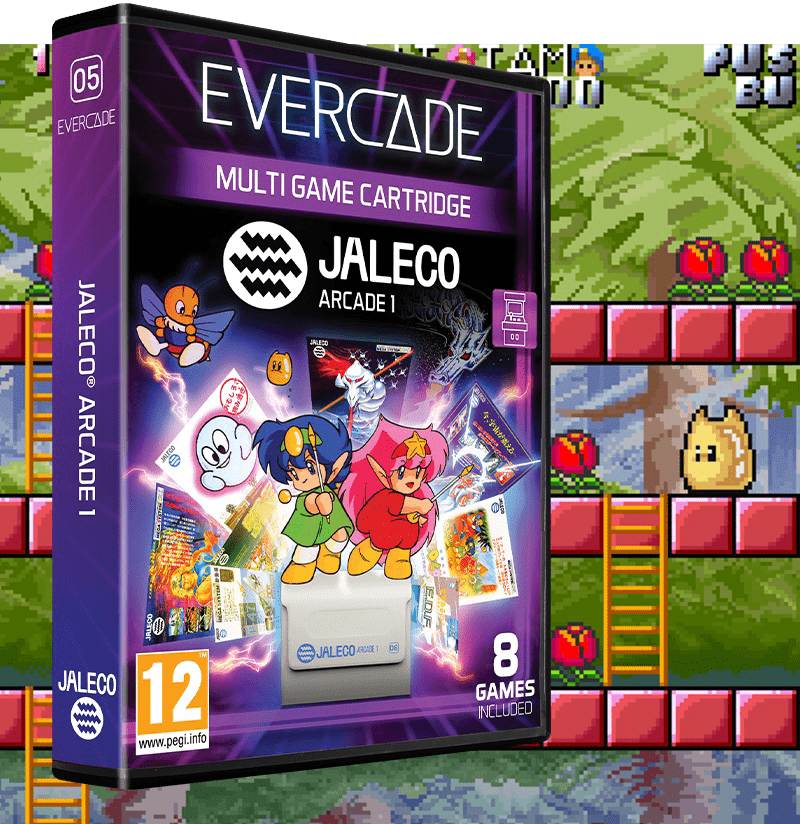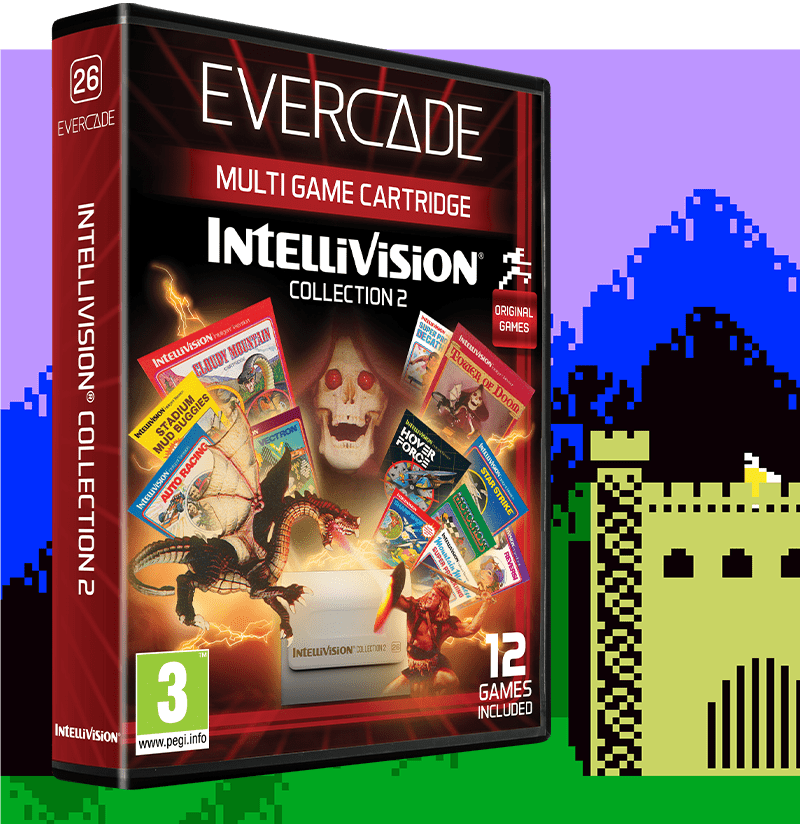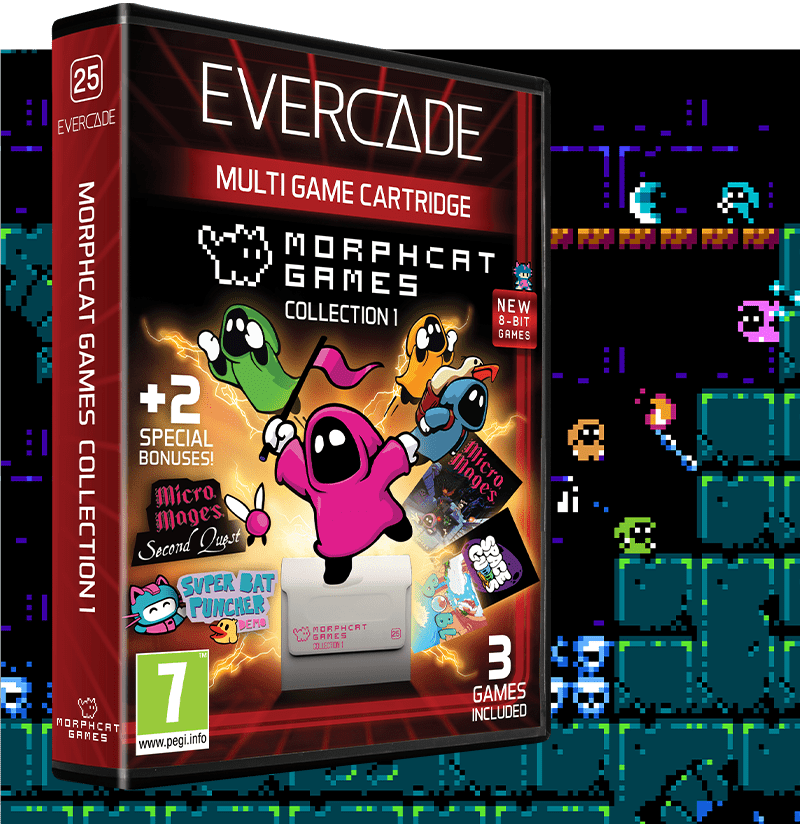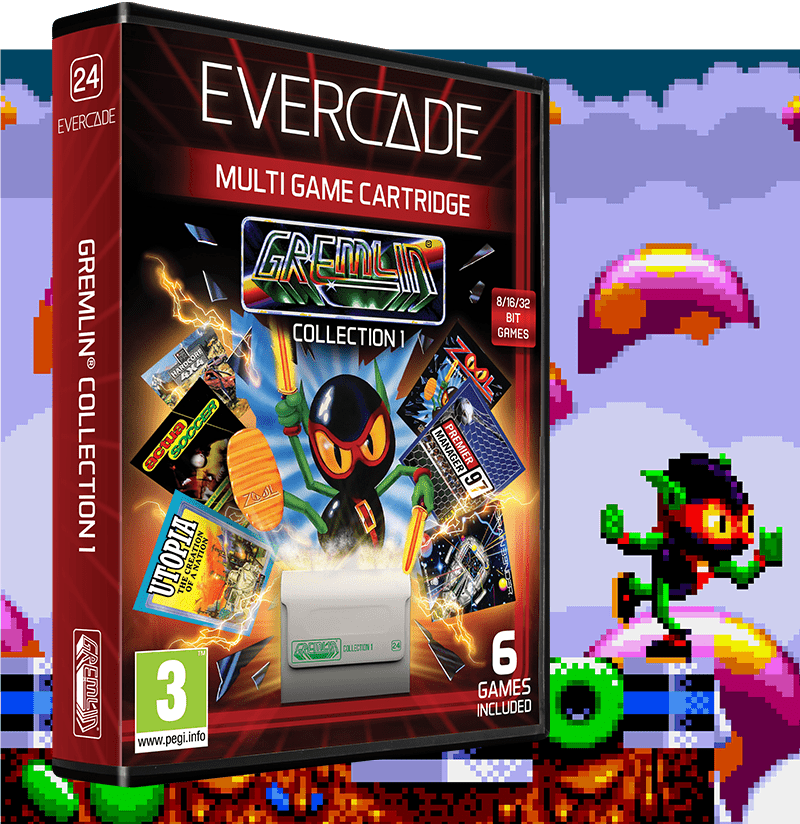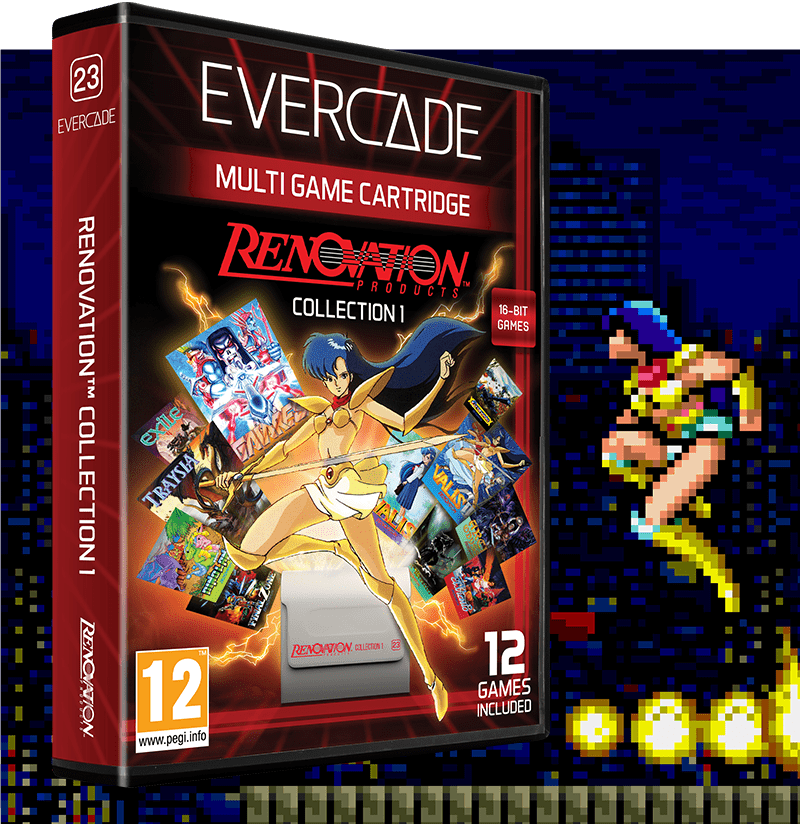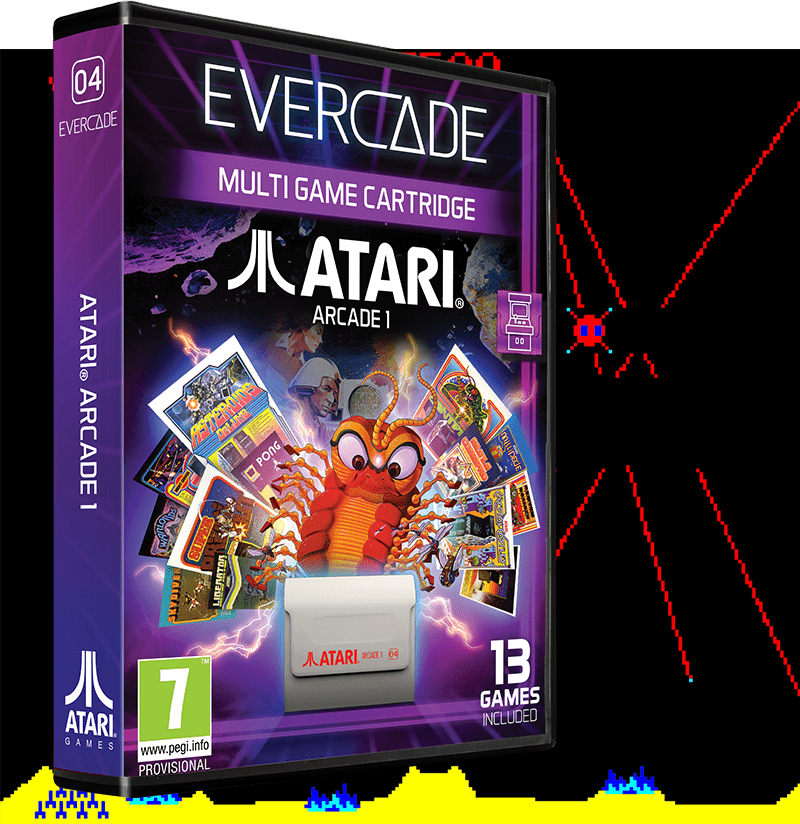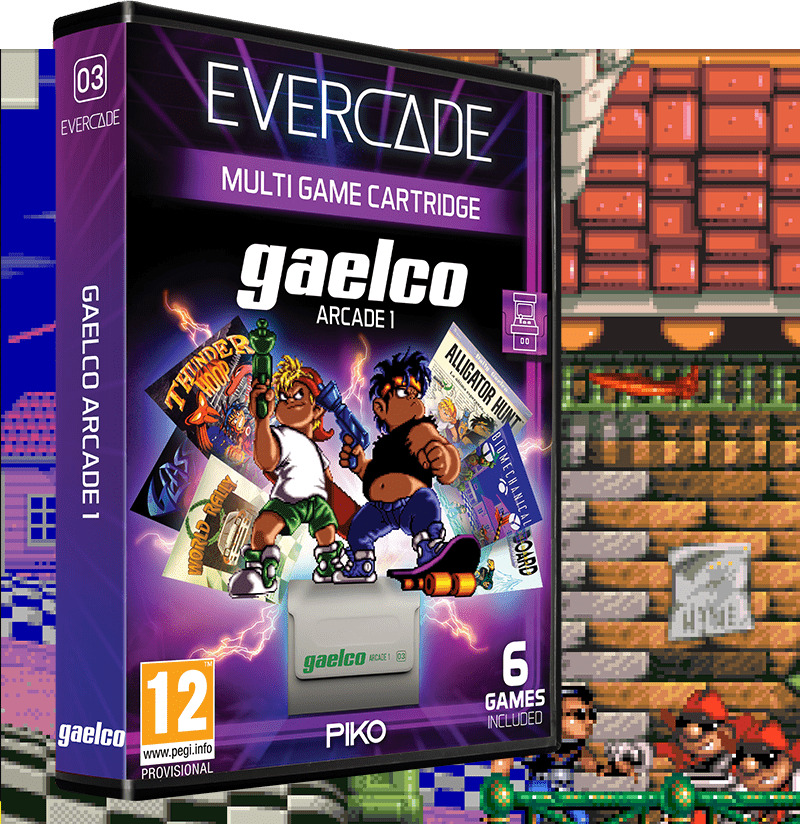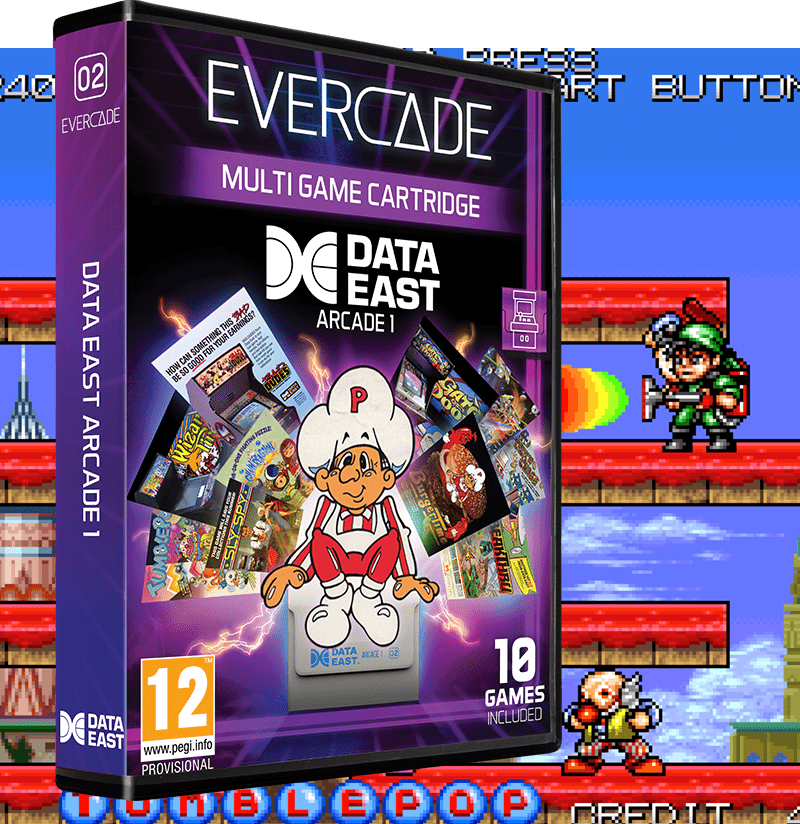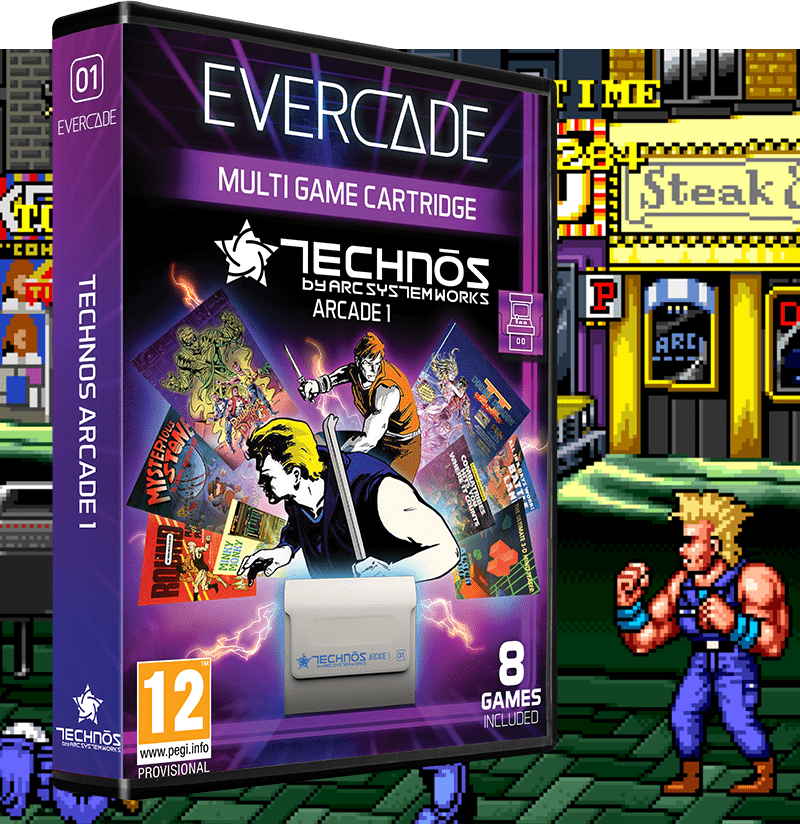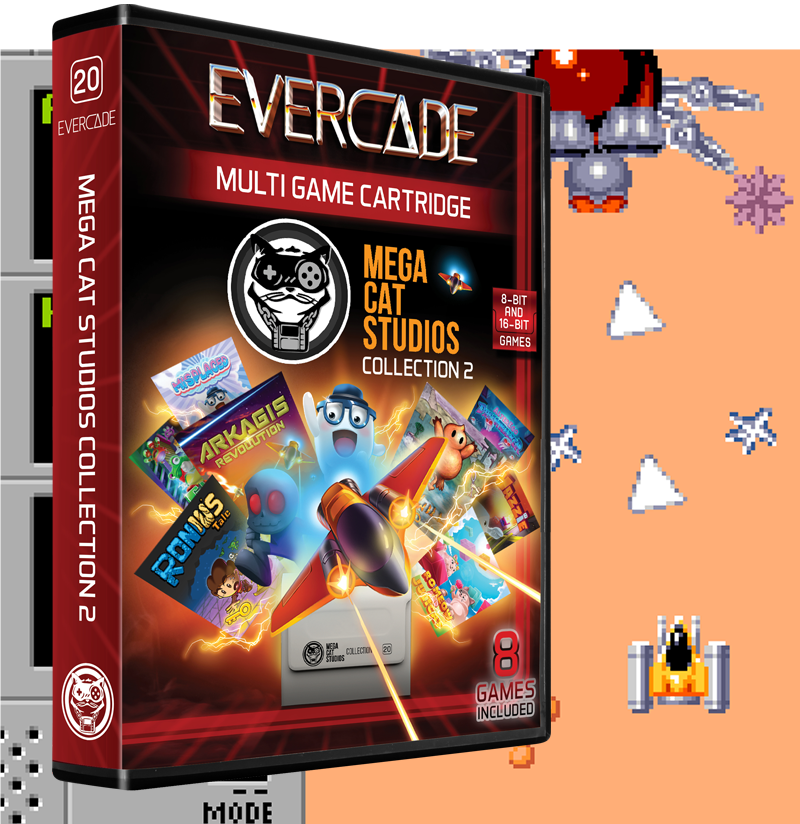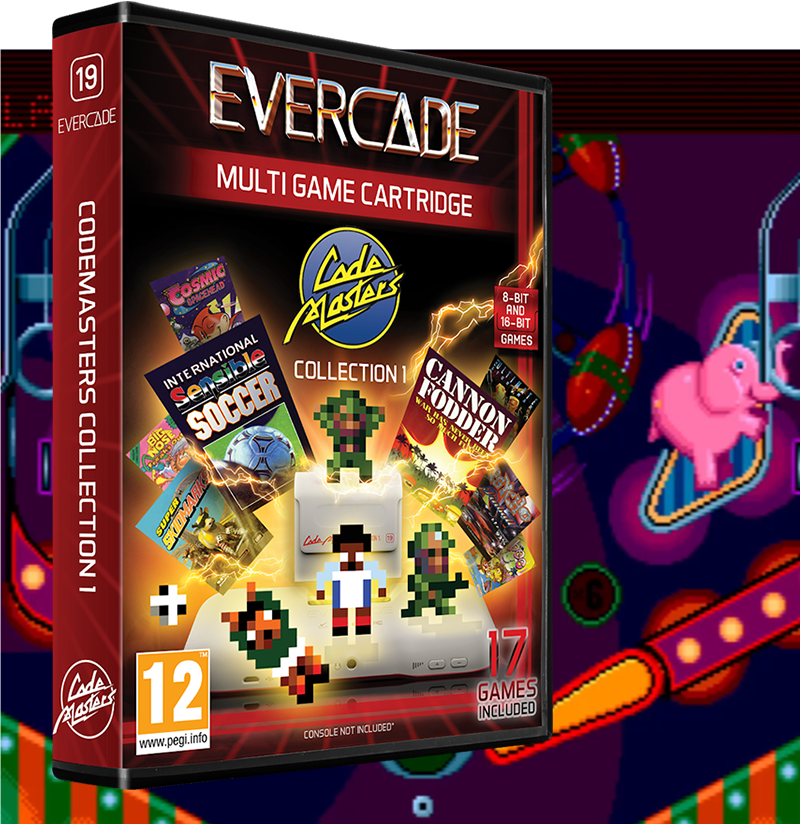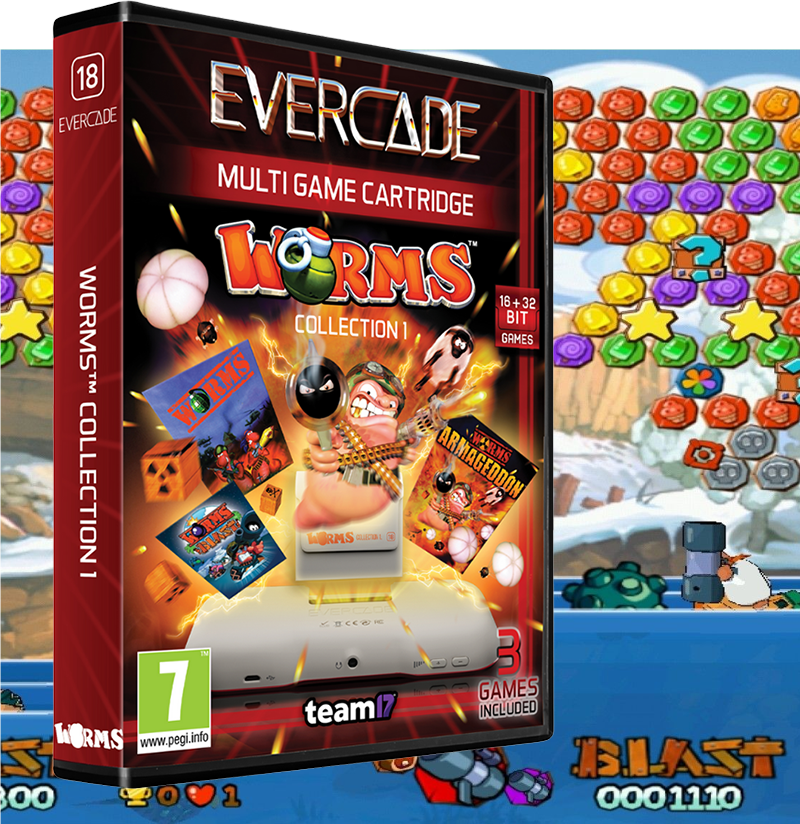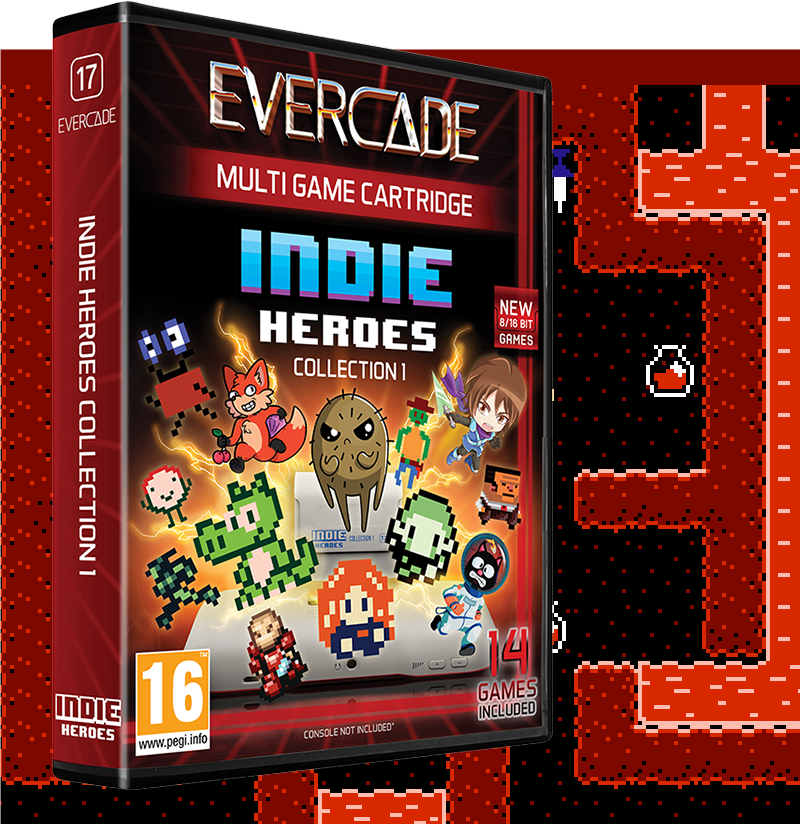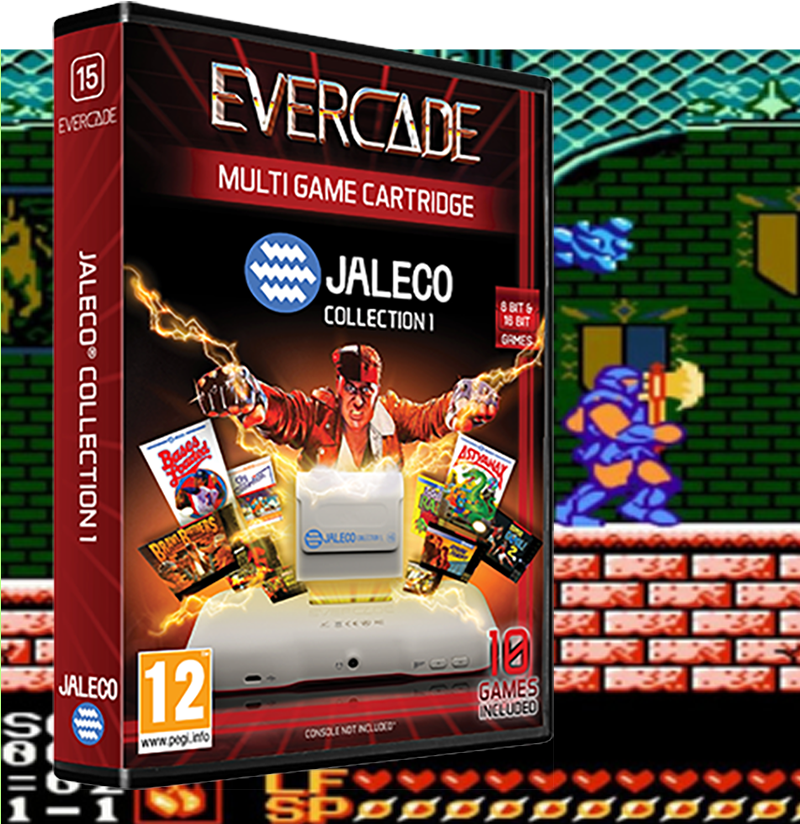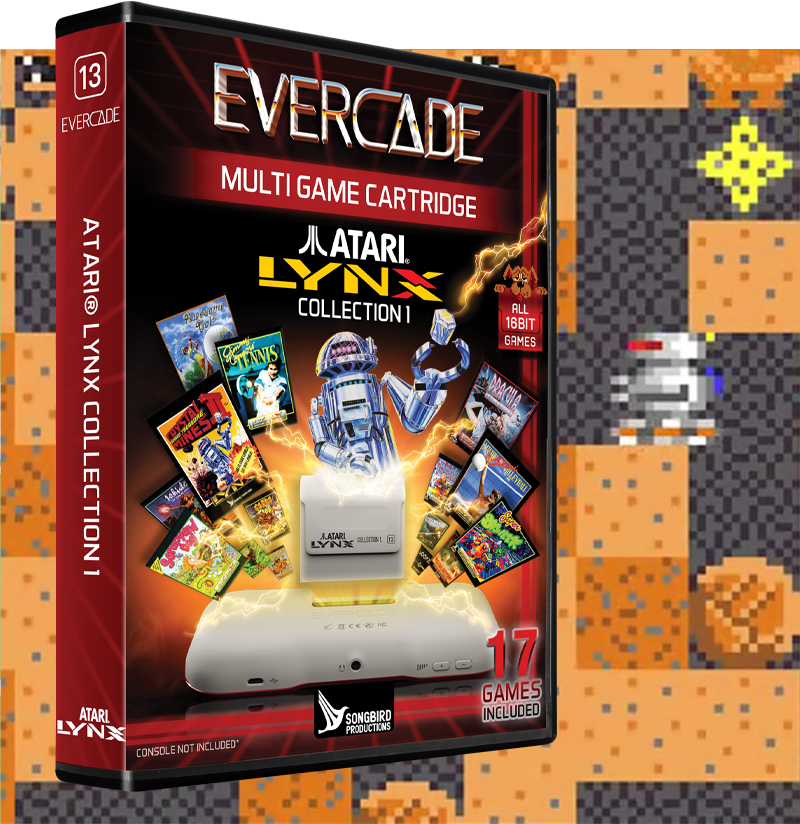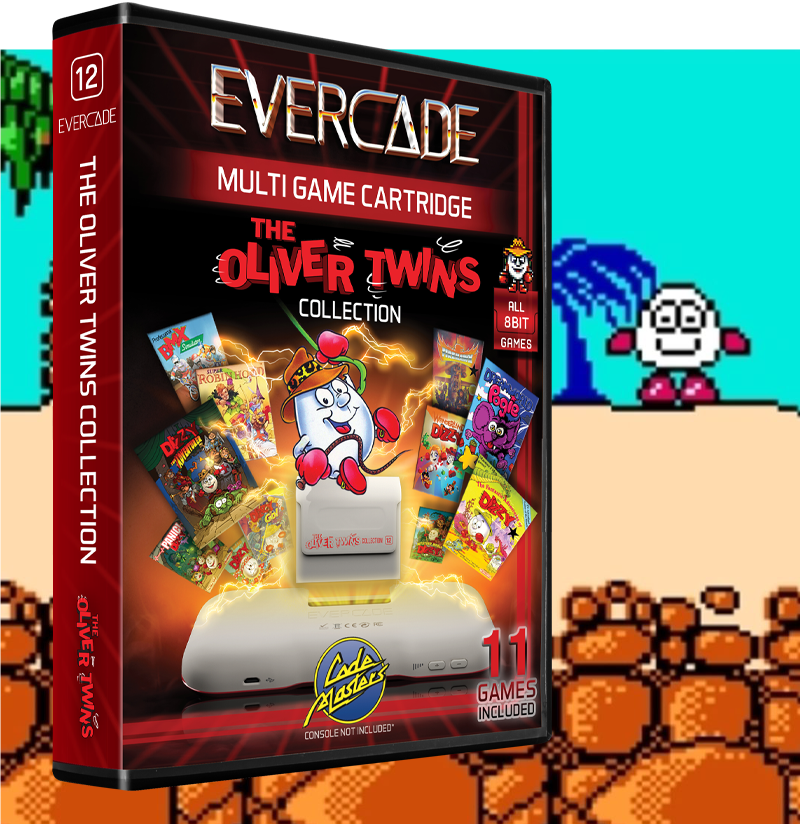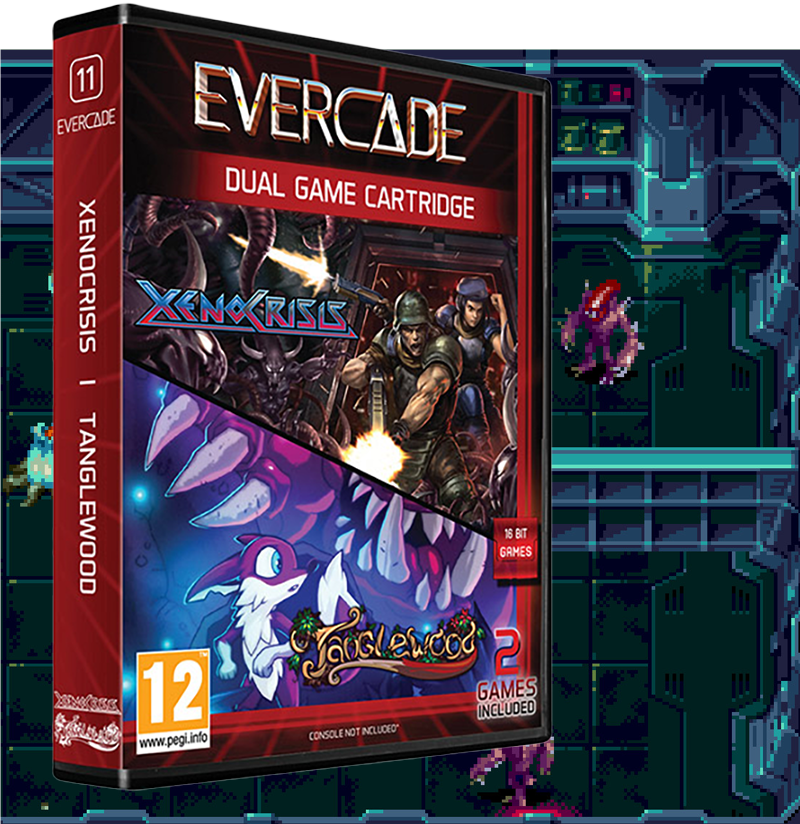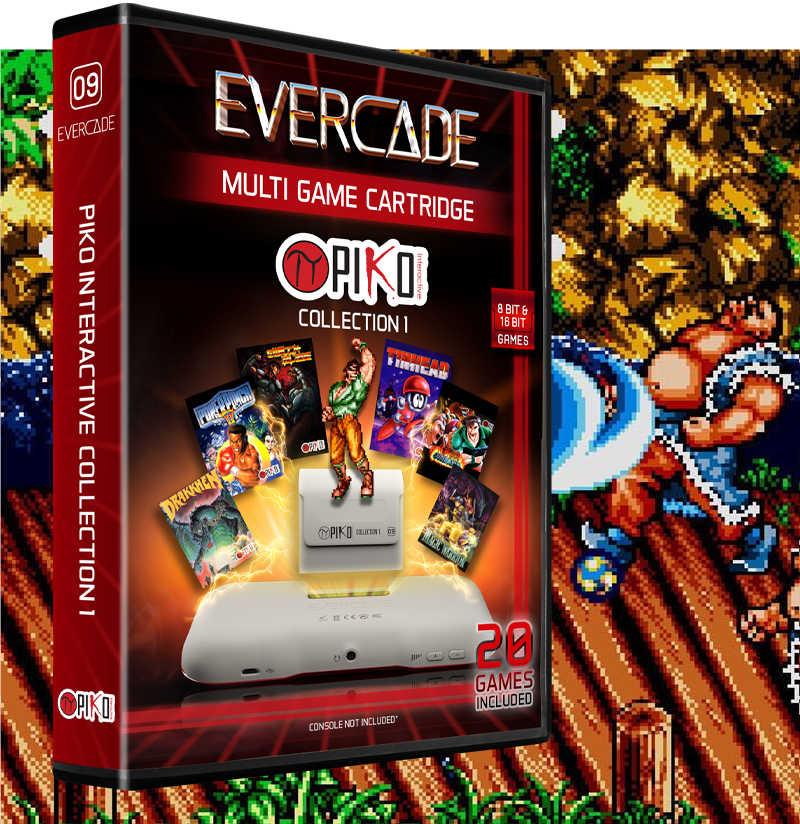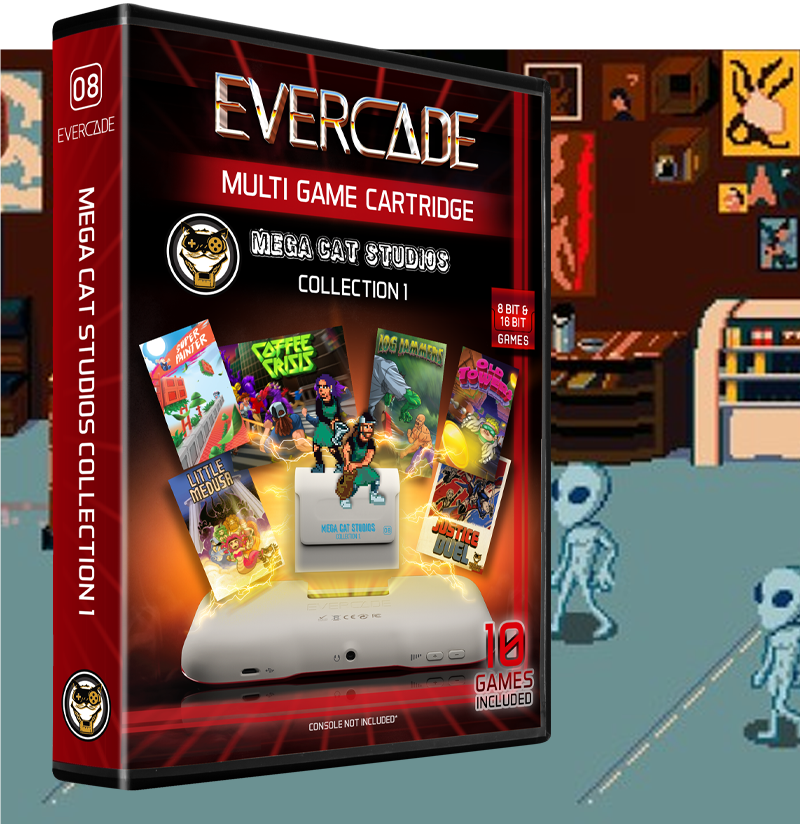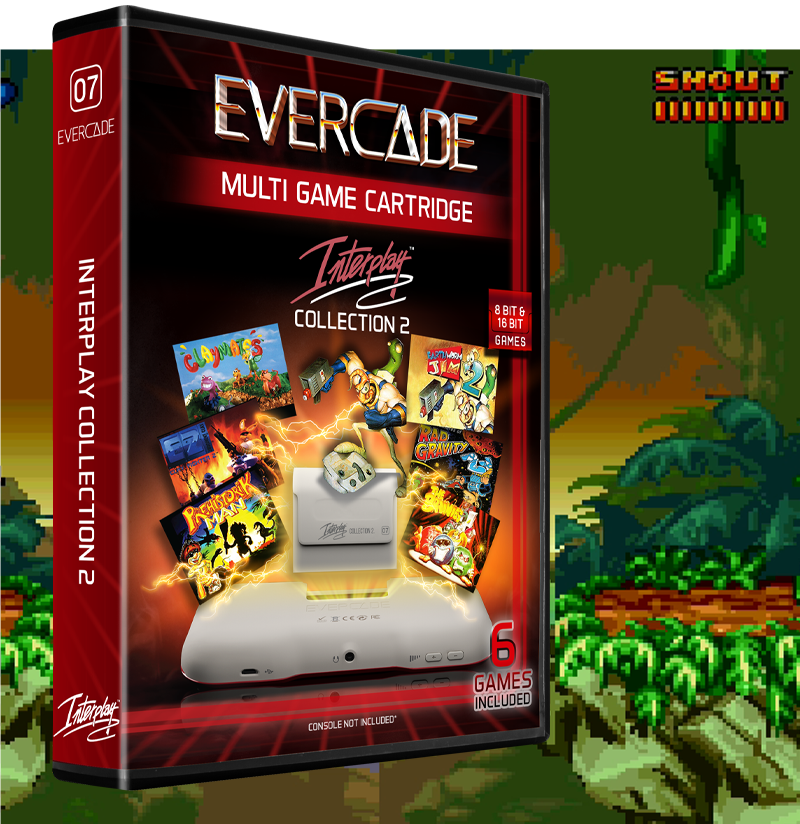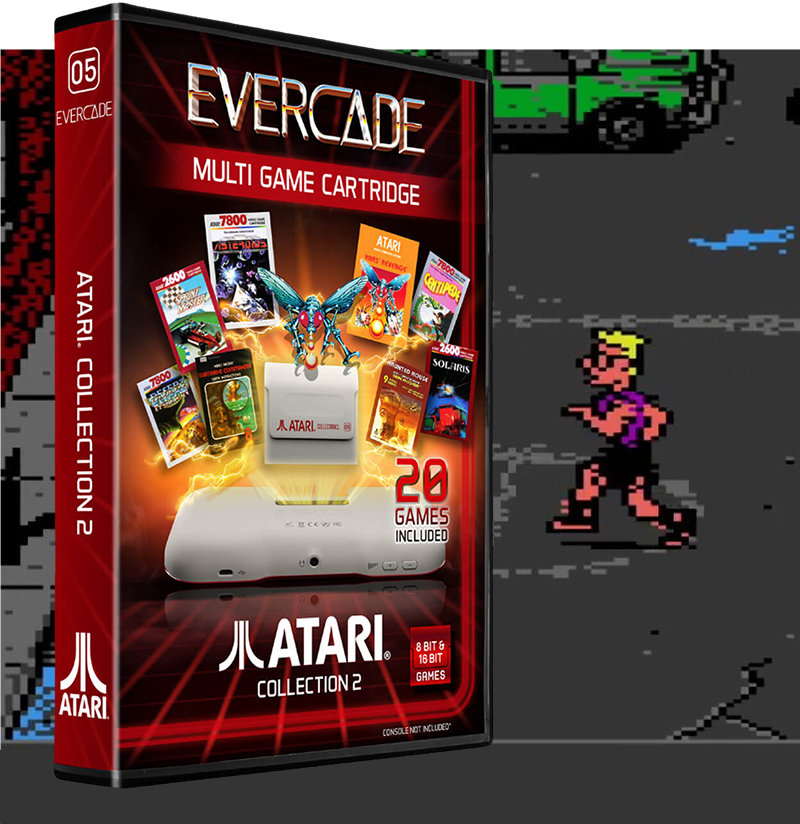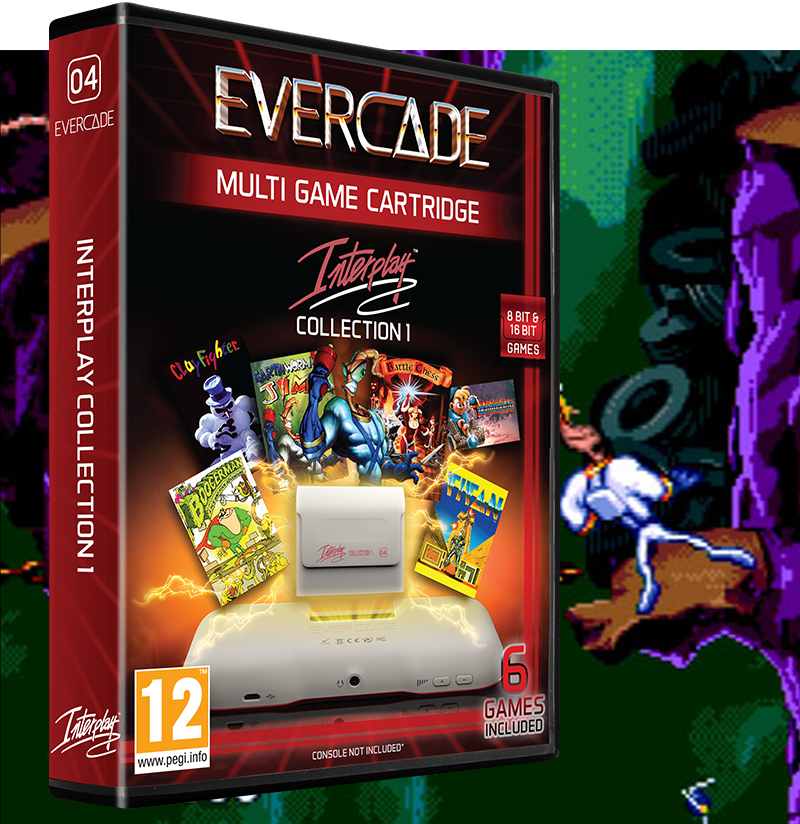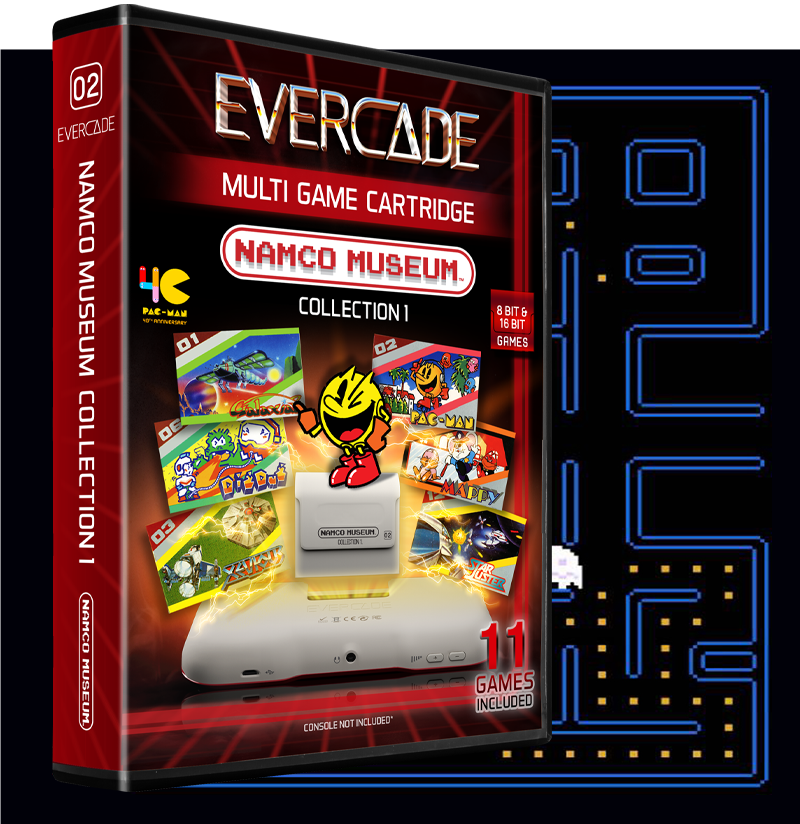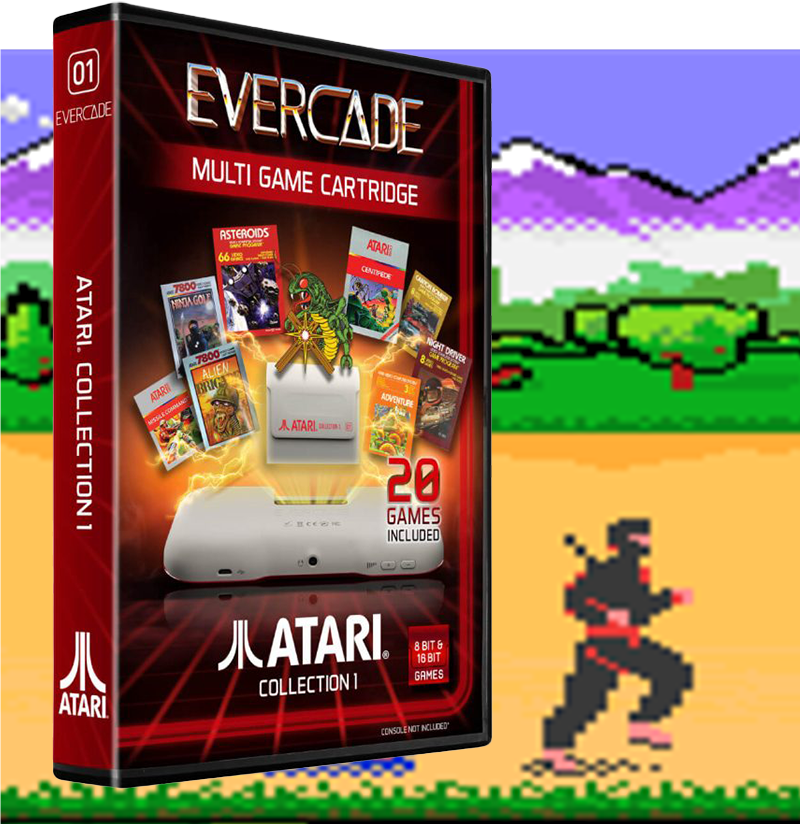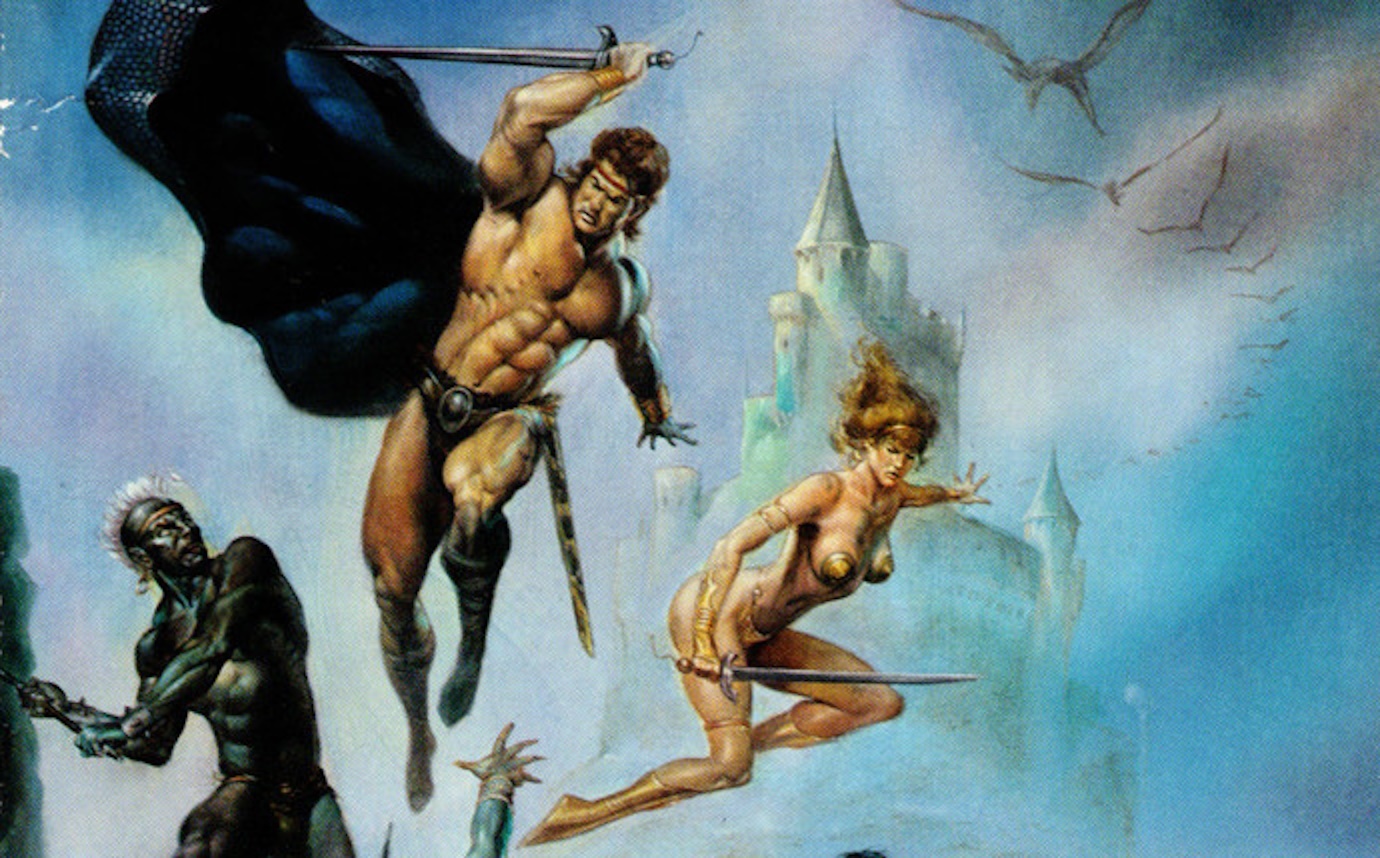
18
Jan
Evercade Game Spotlight: Sword of Sodan (Piko Interactive Collection 3)
Sword of Sodan on Piko Interactive Collection 3 is a great example of our philosophy that all games deserve preservation and exploration — even if they’re not all that well-regarded. And Sword of Sodan certainly doesn’t have the greatest reputation. Indeed, comprehensive fansite segaretro.com says “Sword of Sodan is most notable for being one of the poorest received games ever released [on its original host platform], and was consistently voted the system’s single-worst game by readers of Beep! magazine” — Beep! magazine being a Japanese 16-bit console-centric magazine published between 1989 and 1995.
But there’s a bit more to the story than that. So today we’re going to take a closer look at the history of Sword of Sodan and perhaps develop a certain appreciation of its place in gaming history.
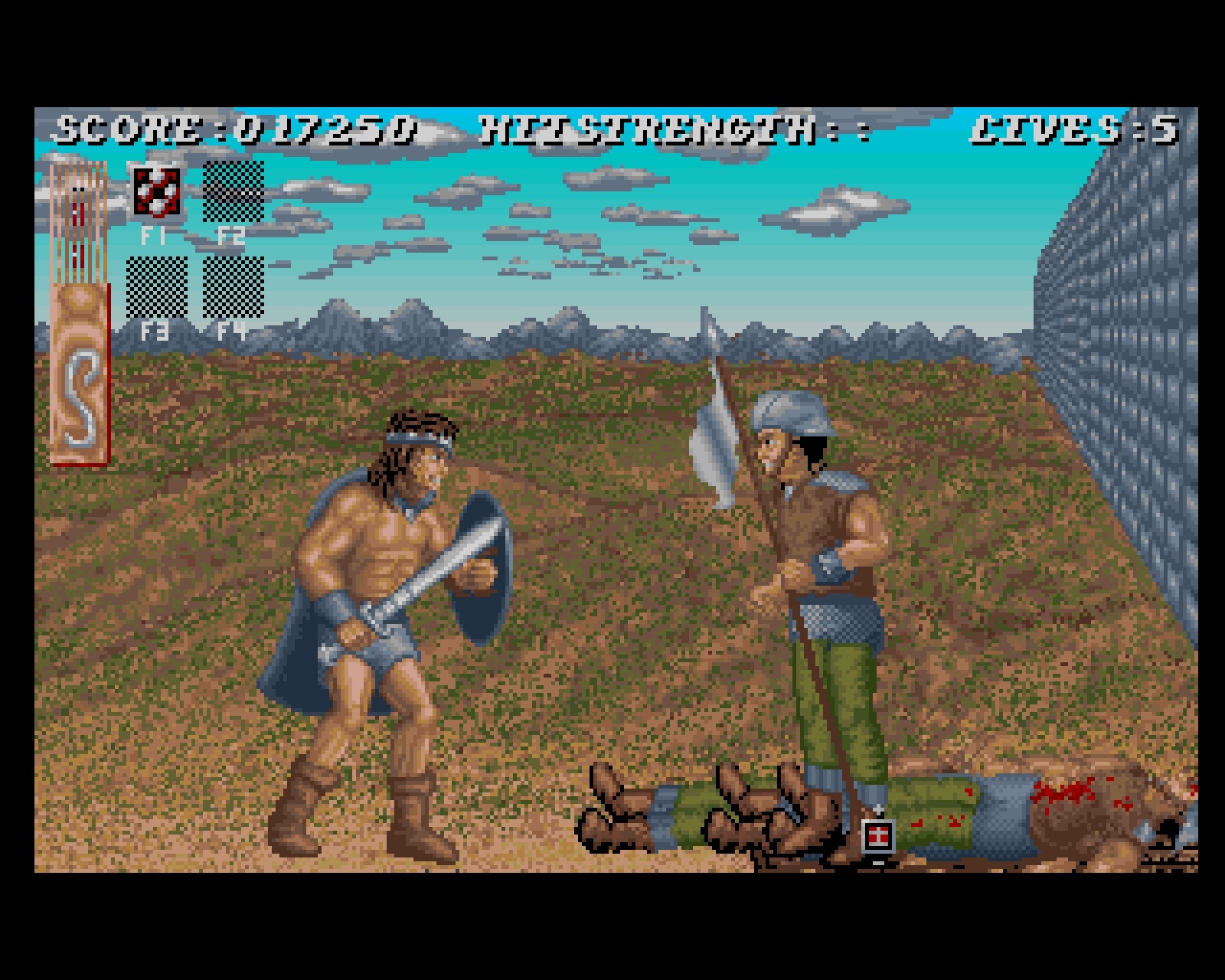

Sword of Sodan began its life as a game for the Amiga 16-bit home computer, a platform that was (and still is) well-loved for its graphical capabilities. Its original developer was the Danish outfit Discovery Software, whose other work for Amiga includes the 3D puzzler Zoom!, vertically scrolling shoot ’em up Hybris and a well-regarded port of Taito’s arcade block-breaker Arkanoid.
On its original Amiga release (pictured above), Sword of Sodan was actually very well-received by both press and public alike. Particular praise was lavished on its presentation, as the game was very much a showcase for large sprites and detailed visuals. Amiga Computing magazine described the parallax scrolling as “a programming marvel” and noted that the graphics in general were “on a par with Cinemaware on a good day”, while Amiga User International described it as “the closest thing to a state-of-the-art [in 1989] coin-op on the Amiga”.
ST Amiga Format was a little more restrained, still praising the visuals but admitting that “as a game it lacks the qualities to make it great”, noting that “the levels last just a few seconds, and while wielding a sword might make good screenshots it soon becomes tedious”.
But what of that console port? What happened between the original 1989 Amiga release and its console incarnation to make Sword of Sodan go from a well-regarded game praised for its visuals, even if its gameplay was seen to be lacking, to what is supposedly “the system’s single worst game” on console?
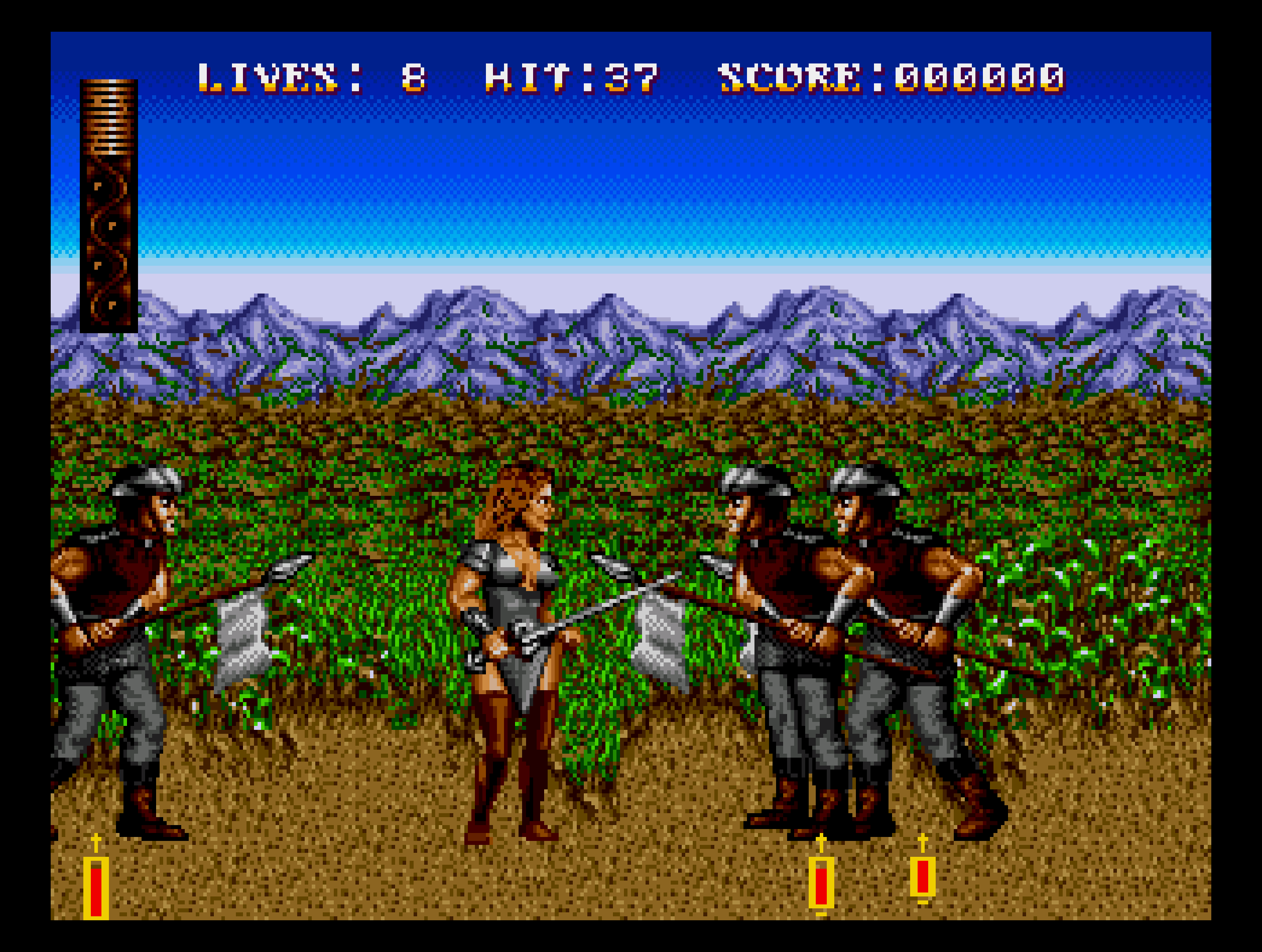

At first glance, one might think to lay blame at the feet of Innerprise Software, the company who bought the rights to Sword of Sodan two years after its original release and ported it to console — but matters are complicated slightly by the fact that Innerprise seemingly had several of the same staffers as original developer Discovery Software — notably the graphic designer Torben Larsen. And Innerprise weren’t a consistently bad outfit, either; indeed, their console port of classic Amiga shooter Battle Squadron (which Larsen was also involved with in both its Amiga and console incarnations) remains well-regarded to this day.
Instead, the fault more likely lies with the fairly significant changes that were made to the console version of Sword of Sodan. For starters, rather than enemies only appearing in front of you as in the Amiga version, enemies could now attack from both sides, and the game’s control scheme made attacking foes behind you a tad cumbersome.
Some levels and enemies were cut completely, making for less variety. And some might argue the back-of-box blurb was a little on the exaggerated side, promising “3D terror and mayhem” (the game is resolutely 2D, with the “3D” referring to the game’s use of parallax scrolling), “dual role-playing” (there are neither any RPG elements or a two-player mode in the game, although there are two playable characters) and “infinite zombies” (not a desirable feature at the best of times).


And yet Sword of Sodan, despite its reputation, is not unplayable by any means. Indeed, it actually does quite a few interesting things along the way that make it worth exploring.
For one, the fusion of a relatively complex fighting game-style control scheme with a one-against-many beat ’em up formula had definite potential — and indeed had previously been used with some success in titles like Jordan Mechner’s Karateka.
It’s important to choose which attacks you use carefully by holding B and using the D-pad in various directions to strike in different ways. Guards with spears, for example, need attacking from up close so they’re not able to use their range against you. Giants need attacking with high swings, as their lower body is not vulnerable. And other types of enemies can each be dealt with in their own optimal way.
Pay particular note to the aforementioned giants; when they kneel down after taking enough damage, you need to do an overhead chop to cleave off their head, otherwise they’ll regenerate all their health! Not good.
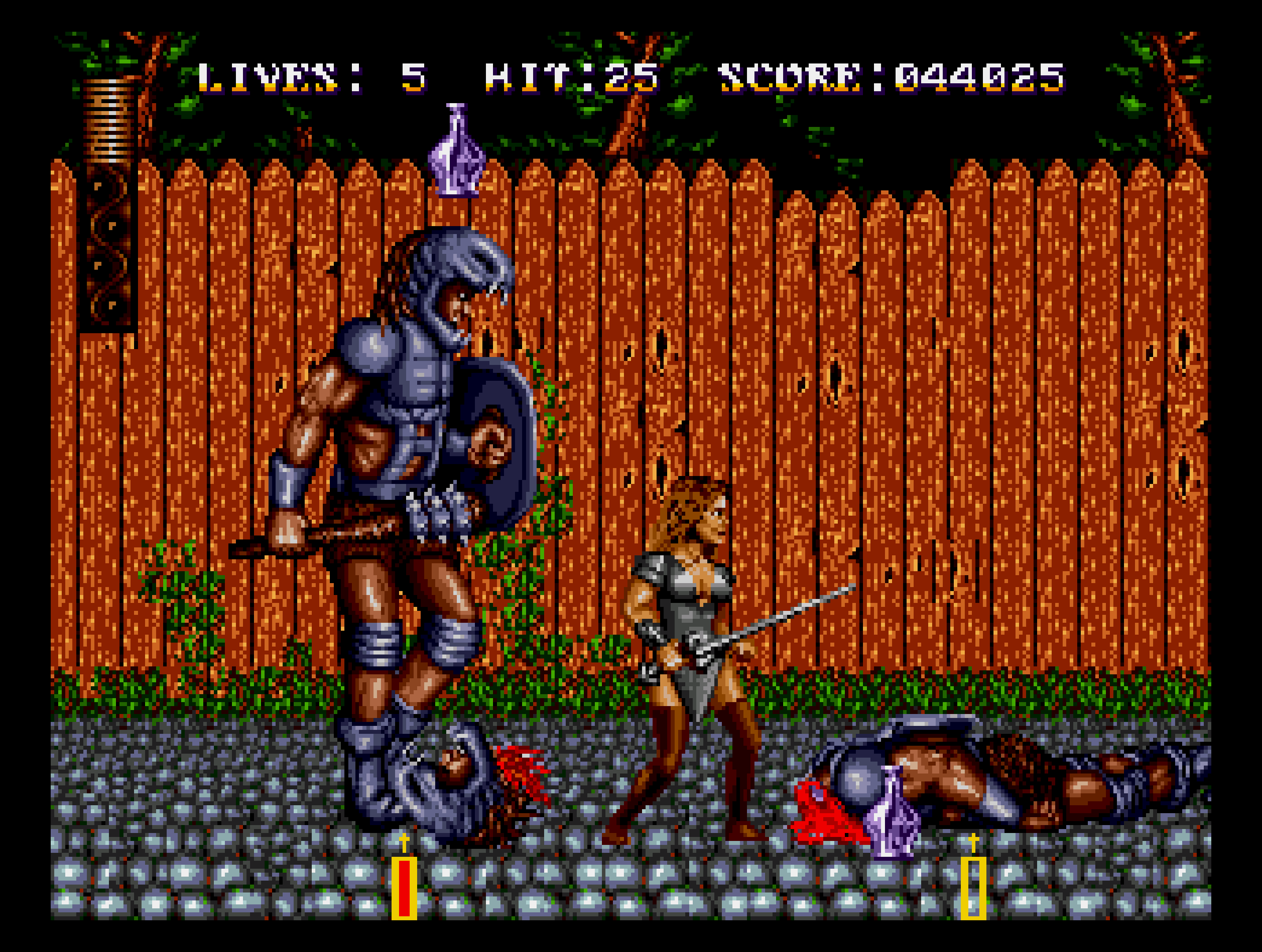

Also take note of the special properties different attacks have. The forward jab has a knockback effect, for example, while the crouching stab is the fastest but weakest attack, allowing for “stunlocking” certain enemies. Each attack also has a particularly effective range, too; be careful not to stand too close to enemies while attacking.
Probably the most intriguing thing about Sword of Sodan is its magic system, which involves mixing potions together to have a variety of different effects. This is a mechanic that was expanded considerably over the original Amiga version.
On a basic level, red (“Vitalium”) potions increase attack strength, orange (“Solarium”) potions deal heavy damage to nearest enemy, blue (“Hydruim”) potions restore health and transparent (“Etherium”) potions have no effect by themselves. But when you mix them, additional effects apply.
For example, combining red and transparent potions gives you an extra life. Orange and transparent potions give you a flaming sword, as do red and orange potions. Blue and transparent potions give you temporary invincibility. And if you chug four transparent potions at once, you’ll skip to the next stage! Watch out, though, because other combinations either have no effect or are poisonous.
Note that you can only carry four potions at once and enemies won’t drop any more while you’re fully laden, so if you’re looking for a particular combo and your inventory is full, chug one or two that have either no effect or a positive effect you don’t mind making use of right now. Getting extra lives is always useful.
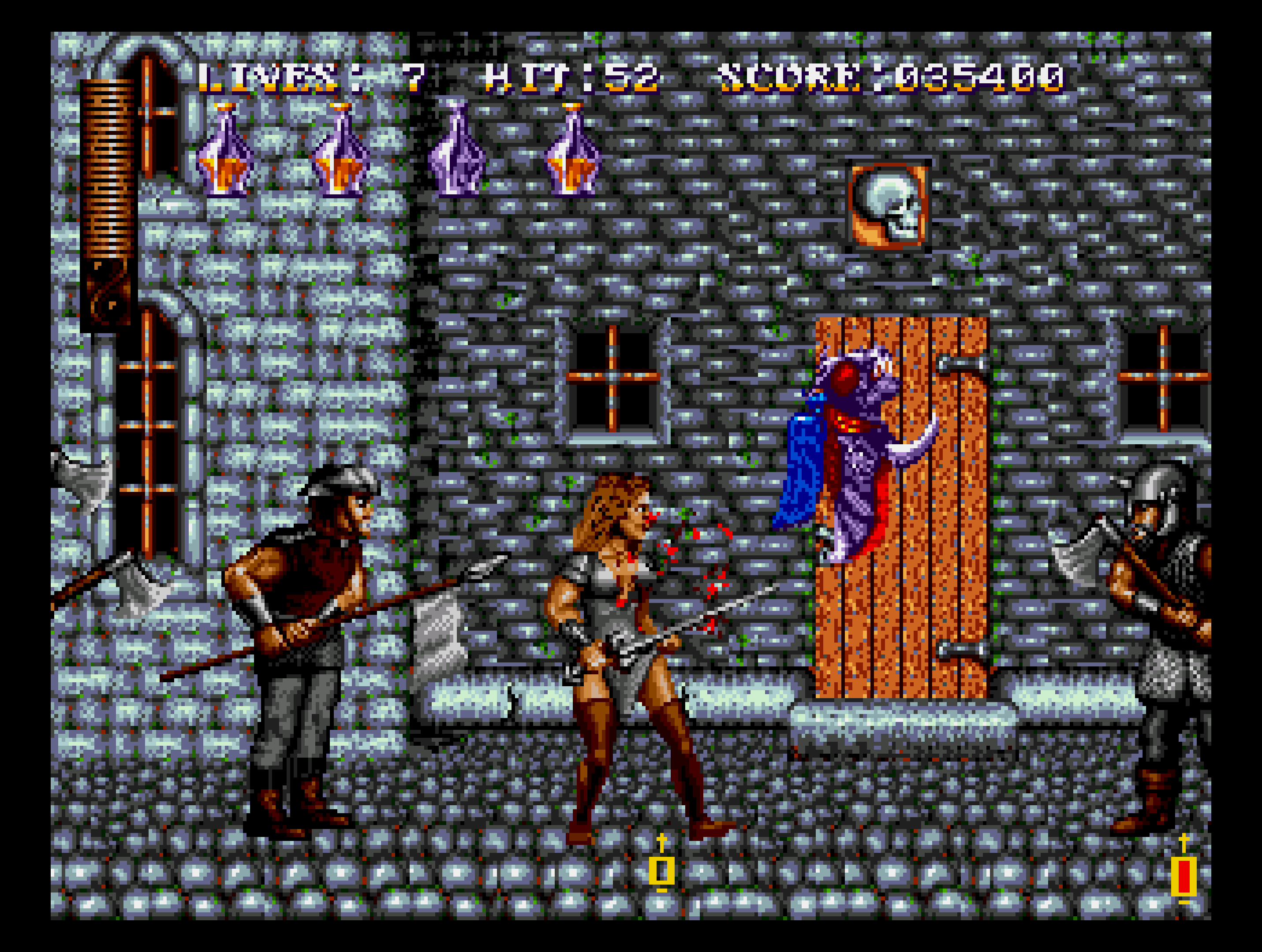

It’s also worth noting that each time you lose a life, your attack power drops, so make sure you use potions to top it up and even increase it above the starting value. If you don’t do this, you’ll find later fights in the game a real struggle!
So now you know a bit more about Sword of Sodan. Any time something is described as “the worst [x] ever”, treat it with a certain degree of suspicion — and take the time to give it a chance for yourself. You might just find something to like about it. And we’re certainly not judging you if you do.
Sword of Sodan is available as part of Piko Interactive Collection 3 for Evercade. Find out more on the official cartridge page.
